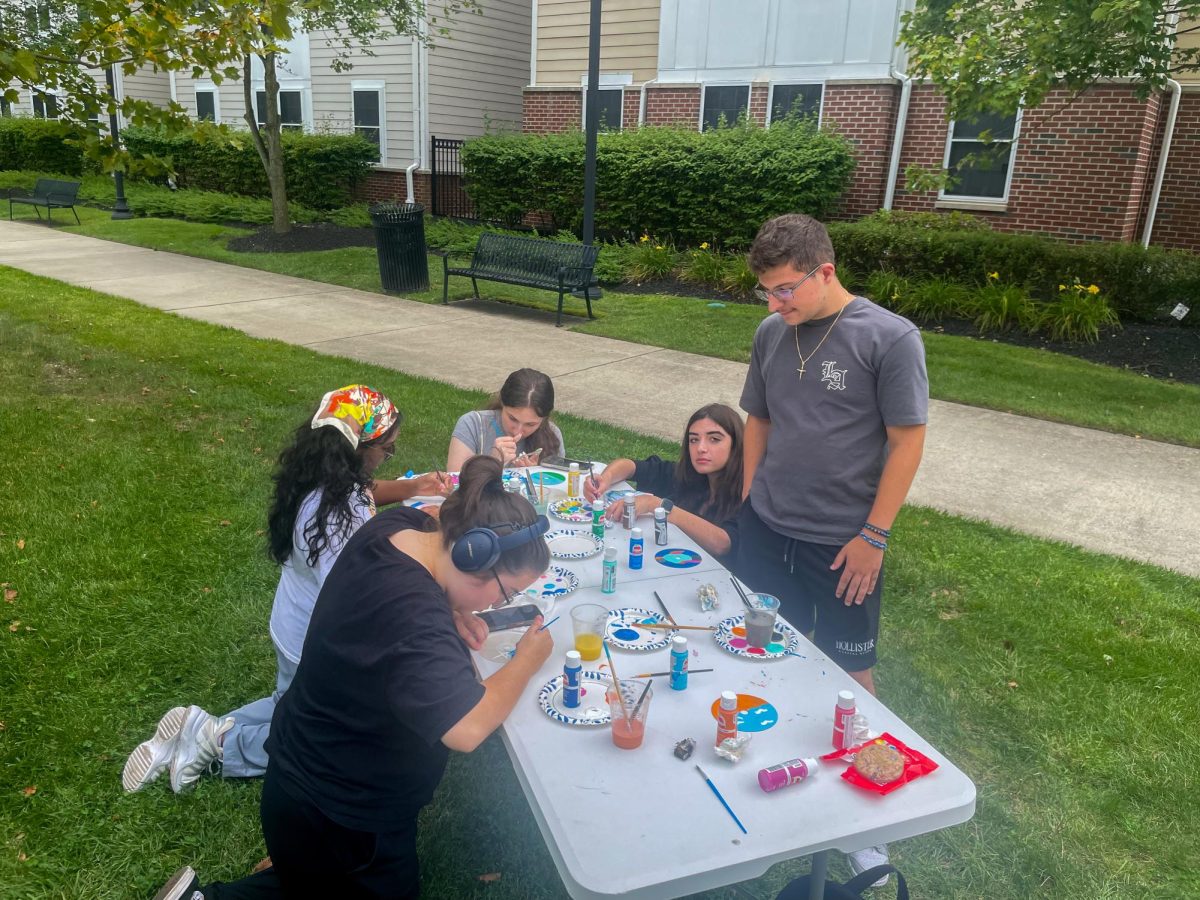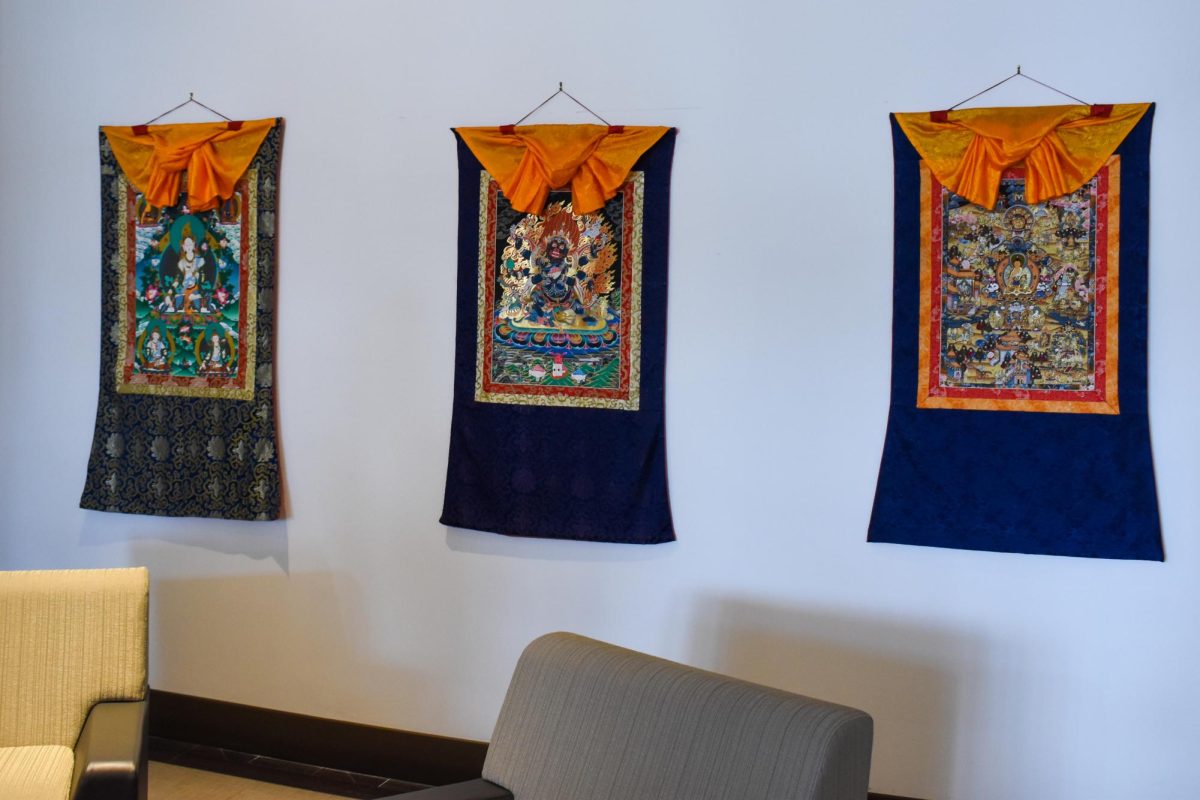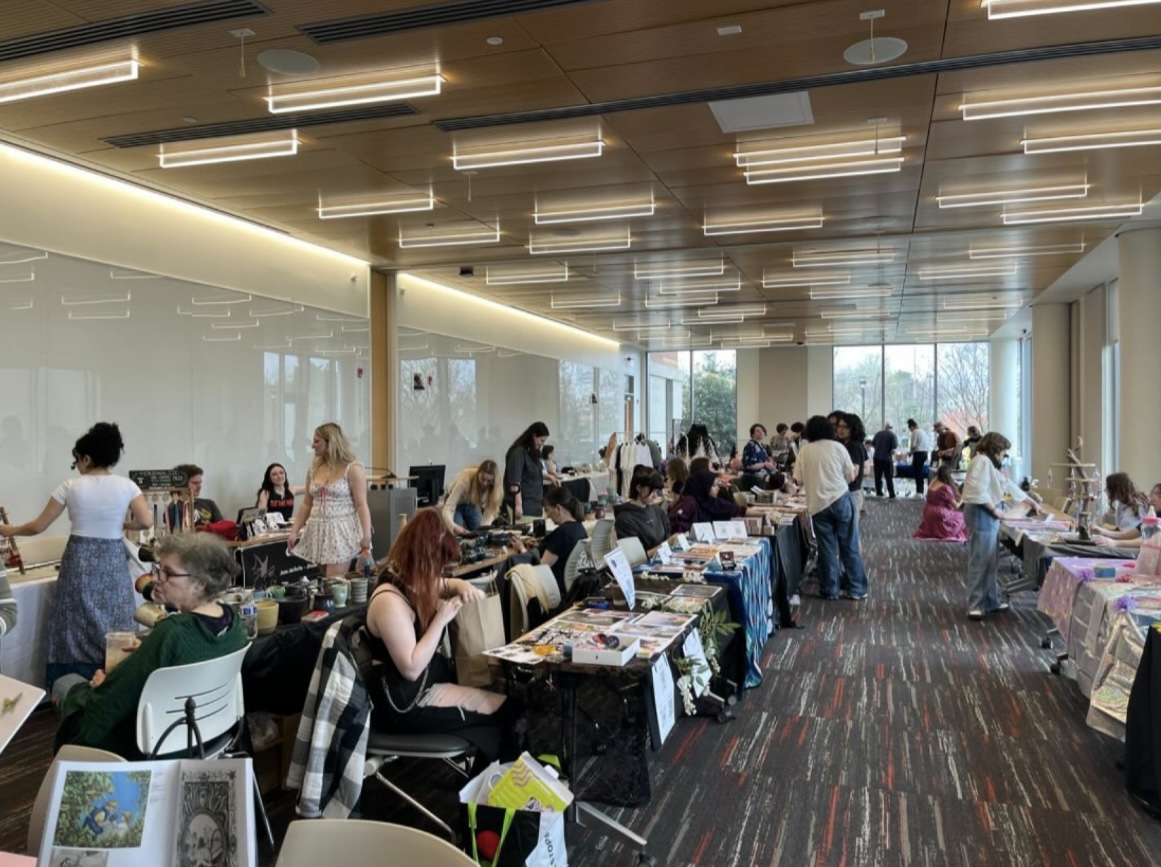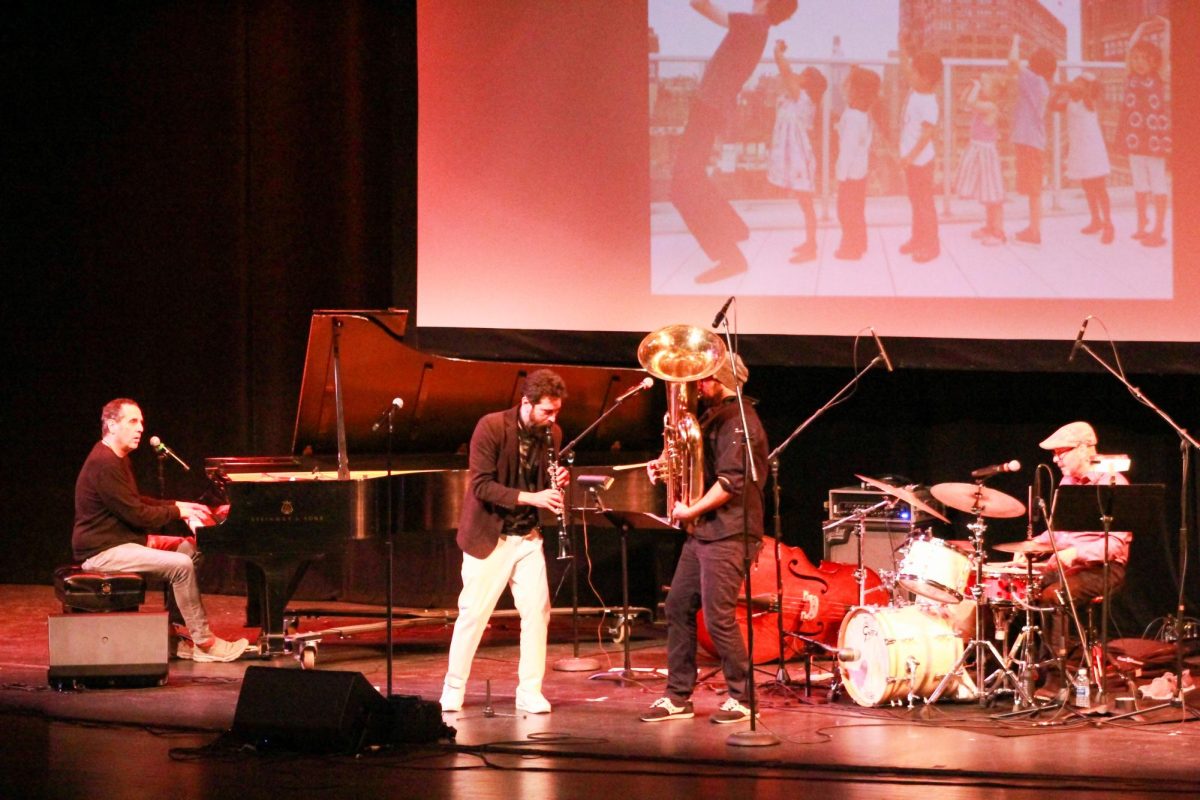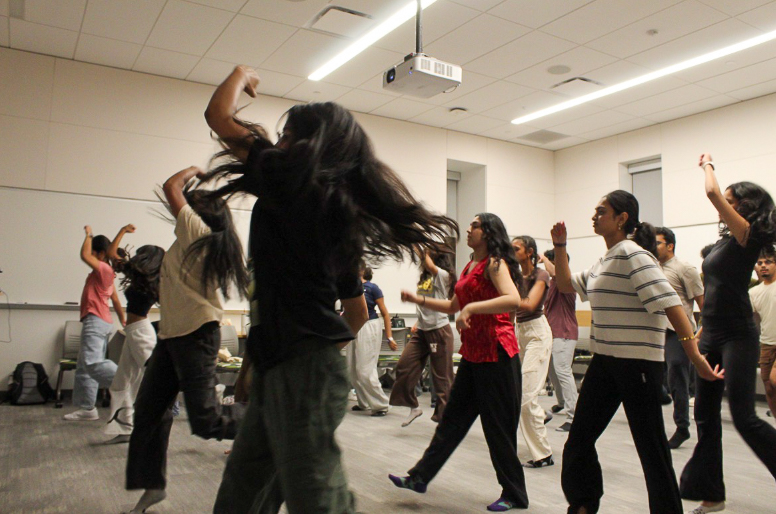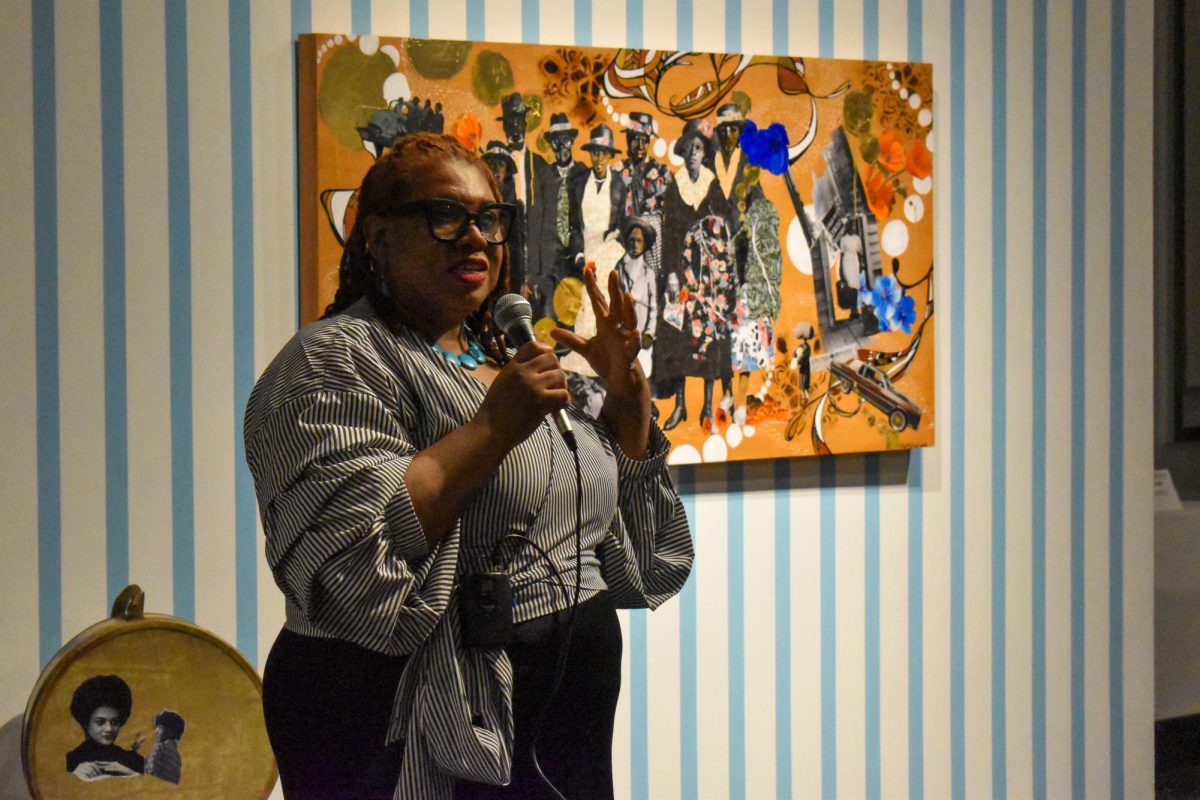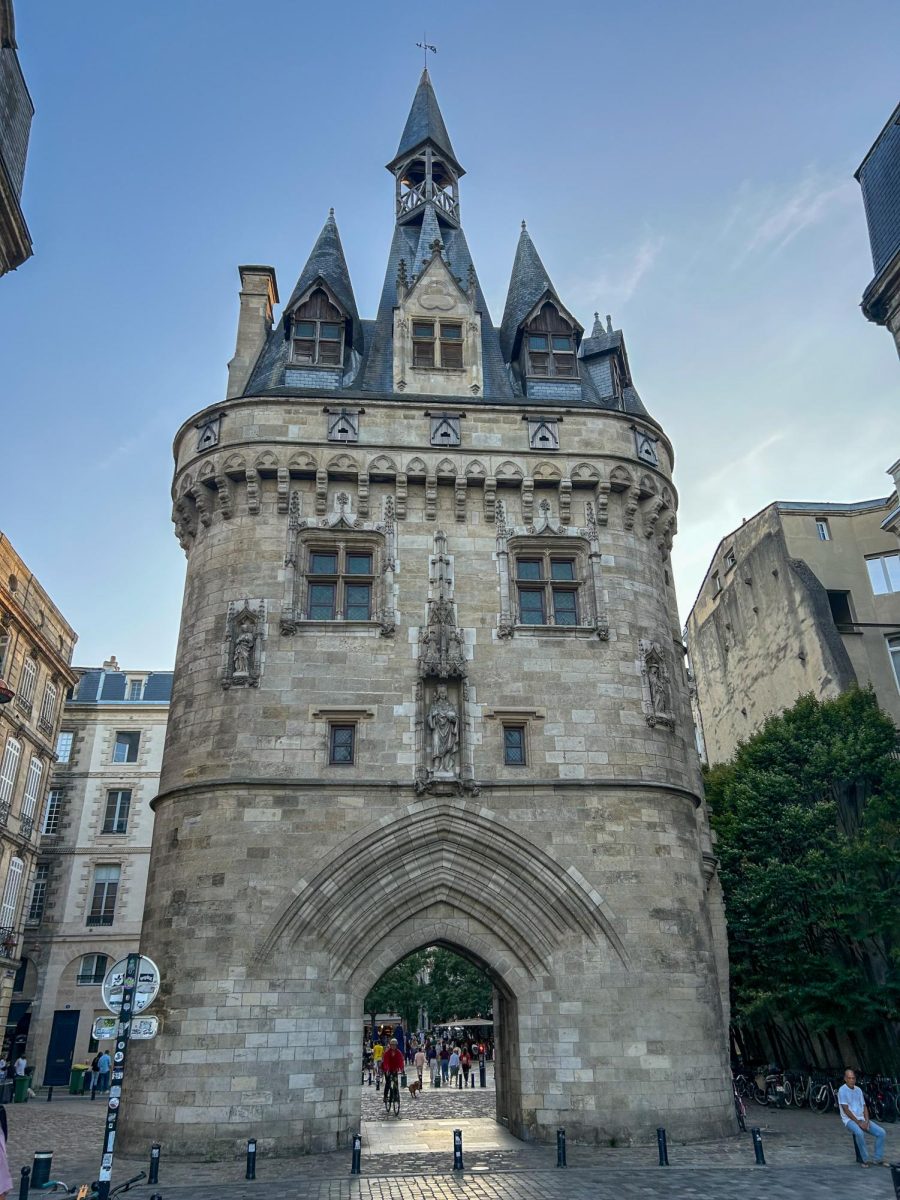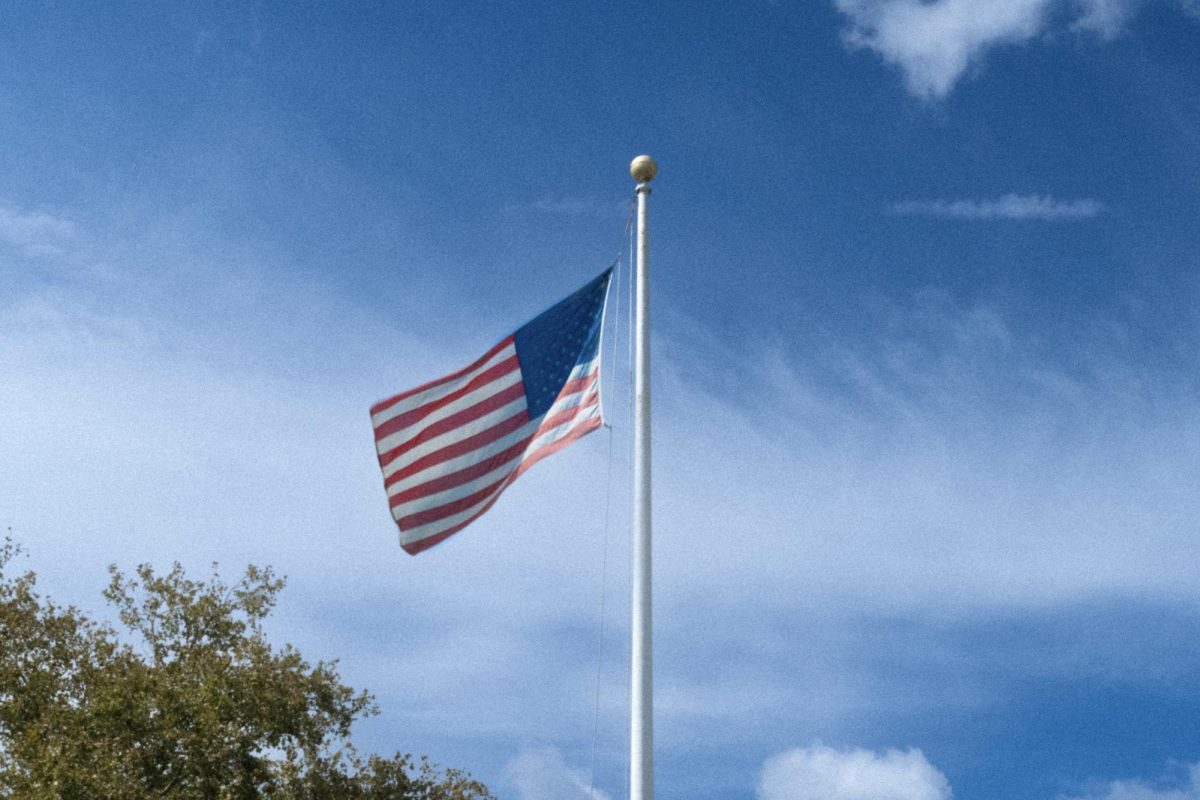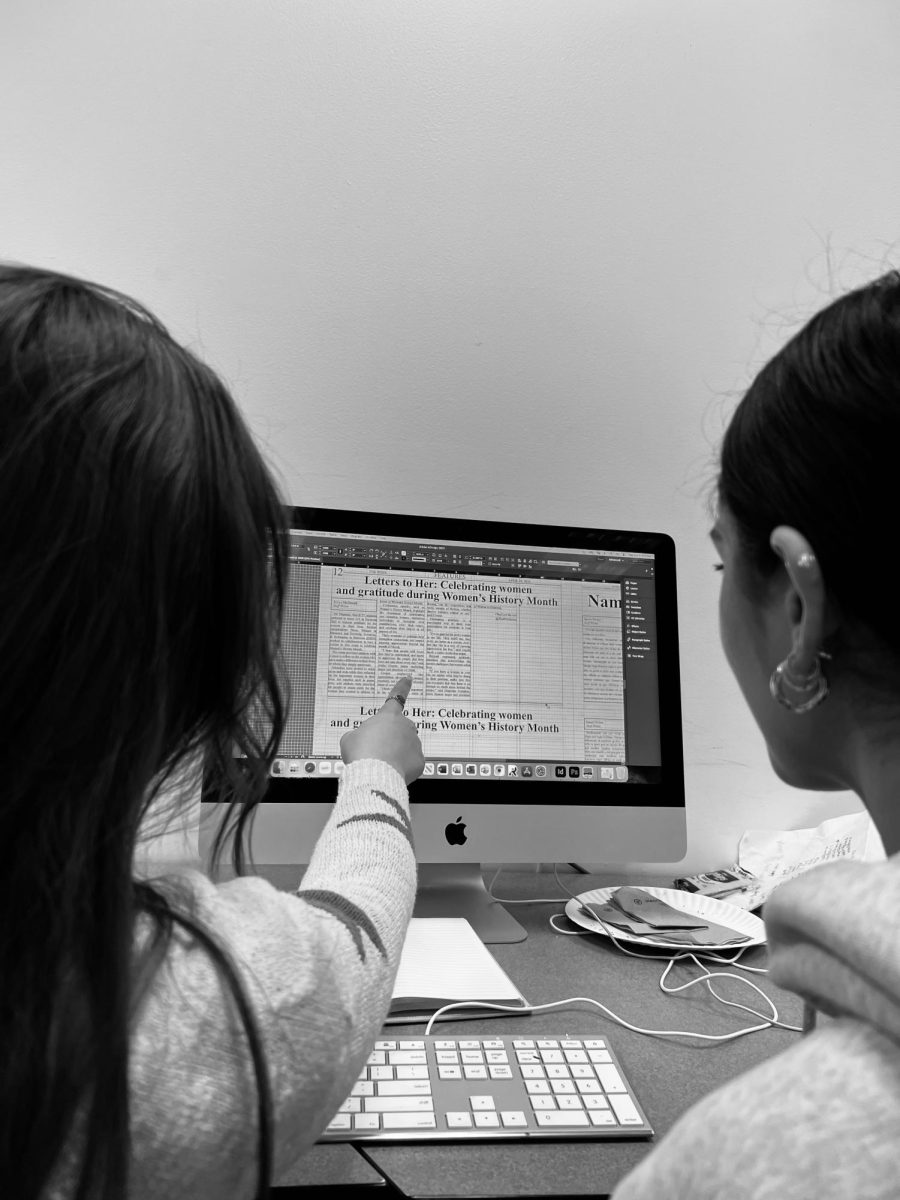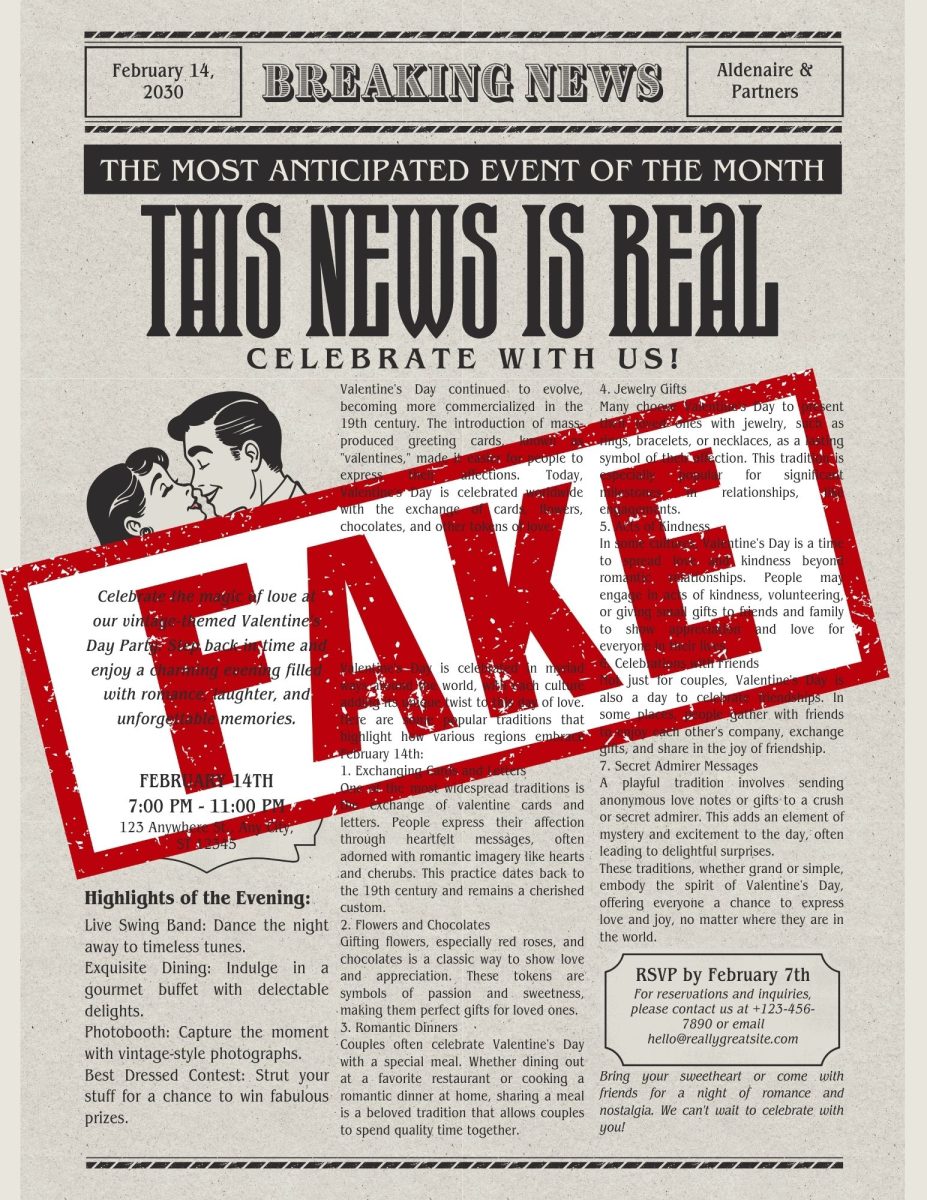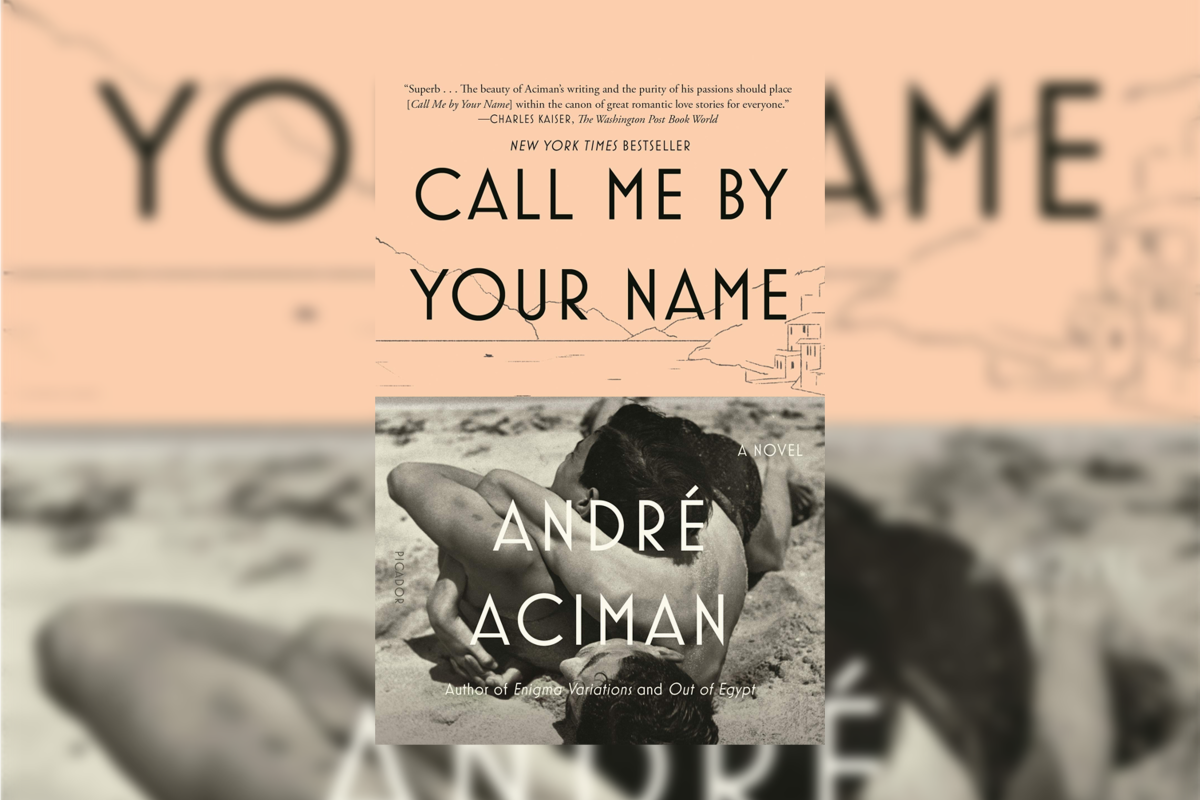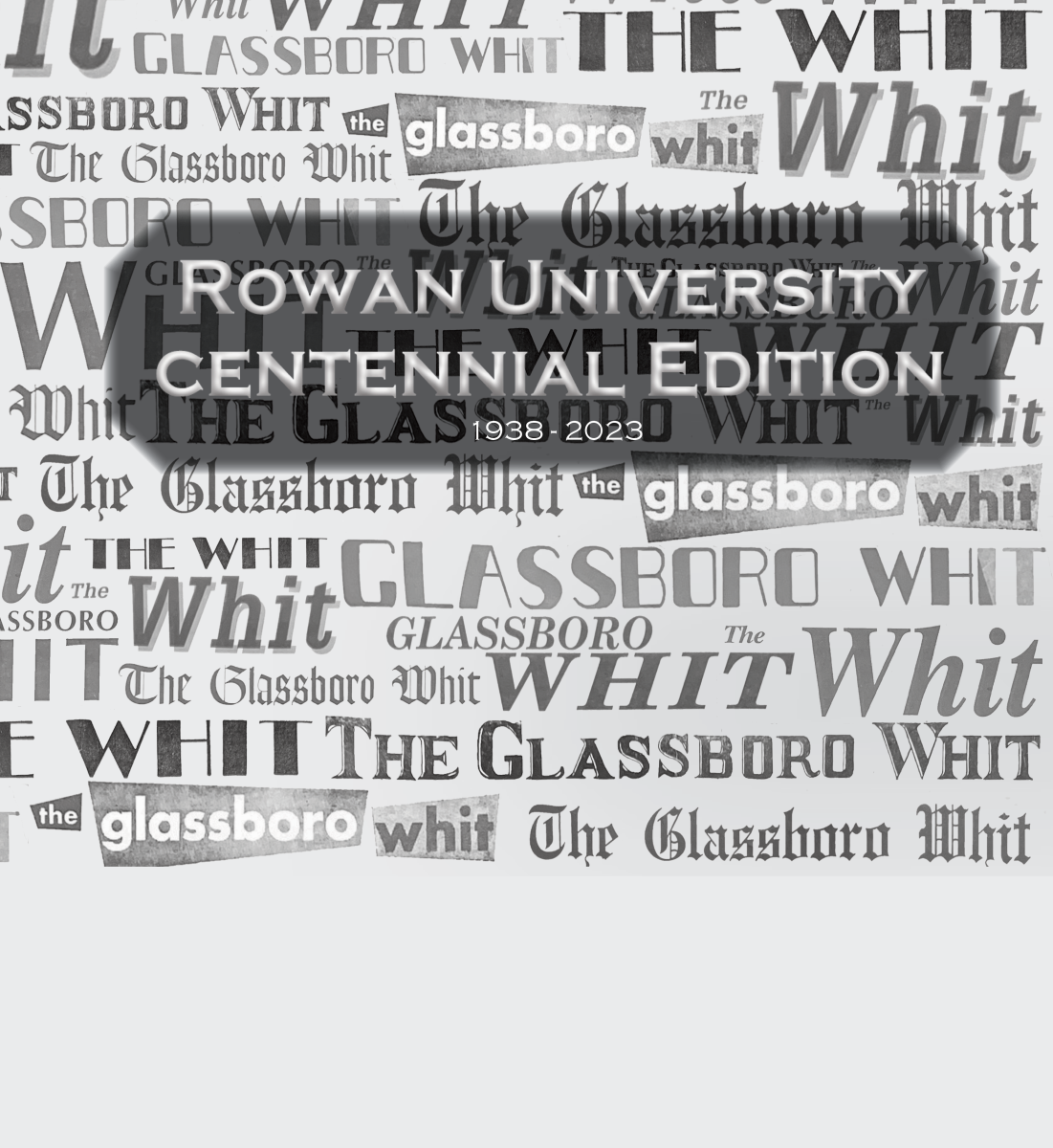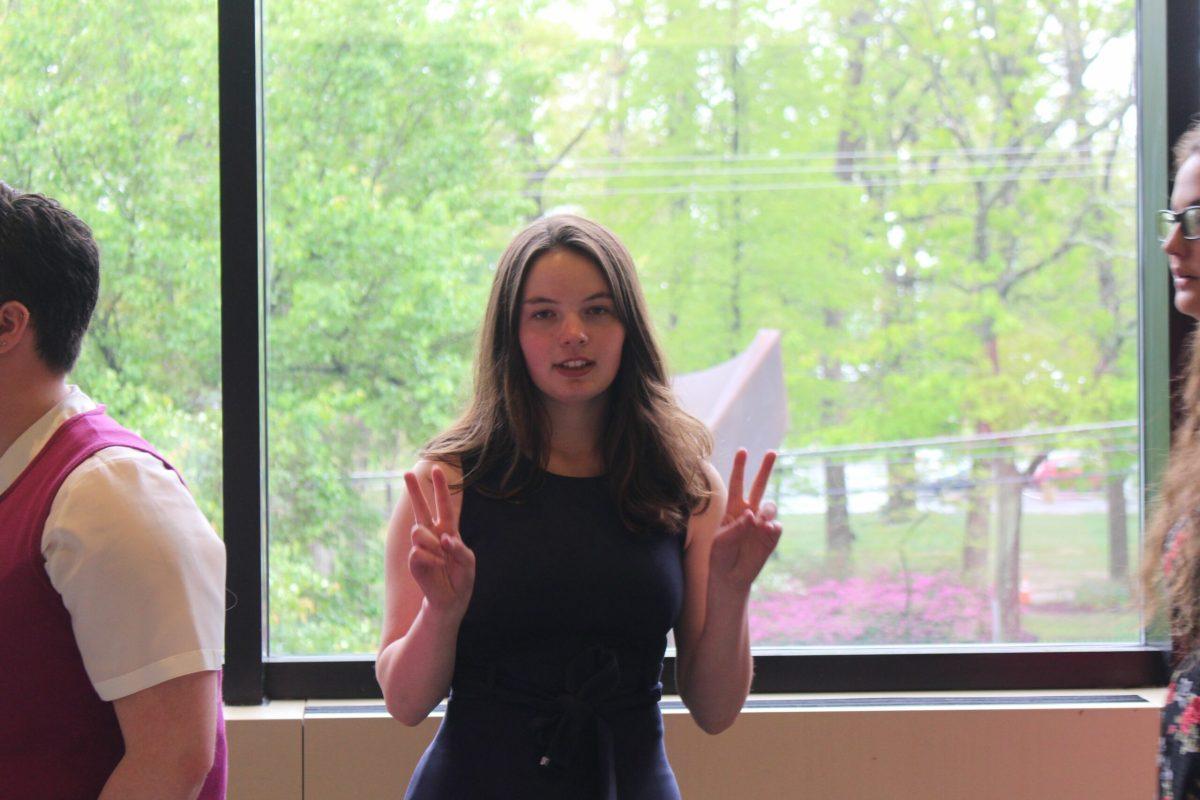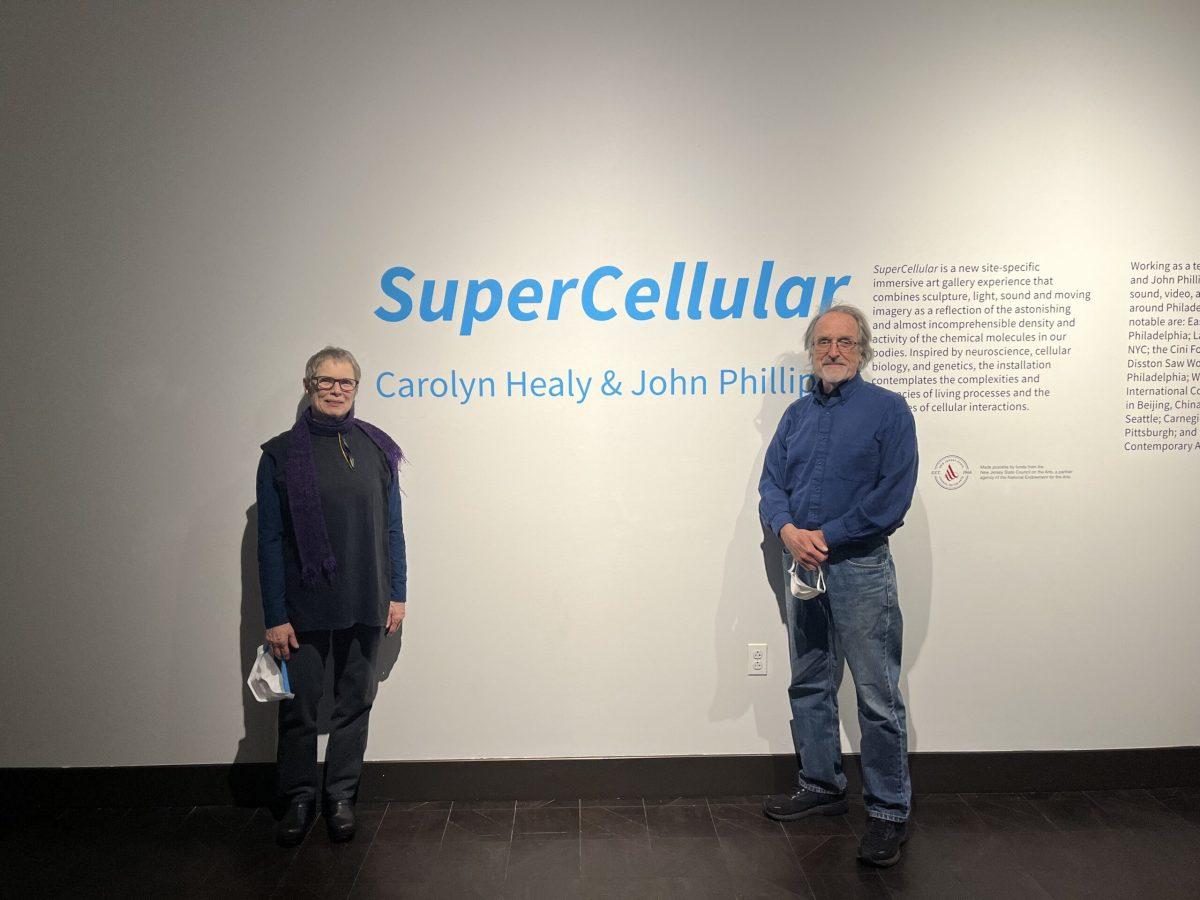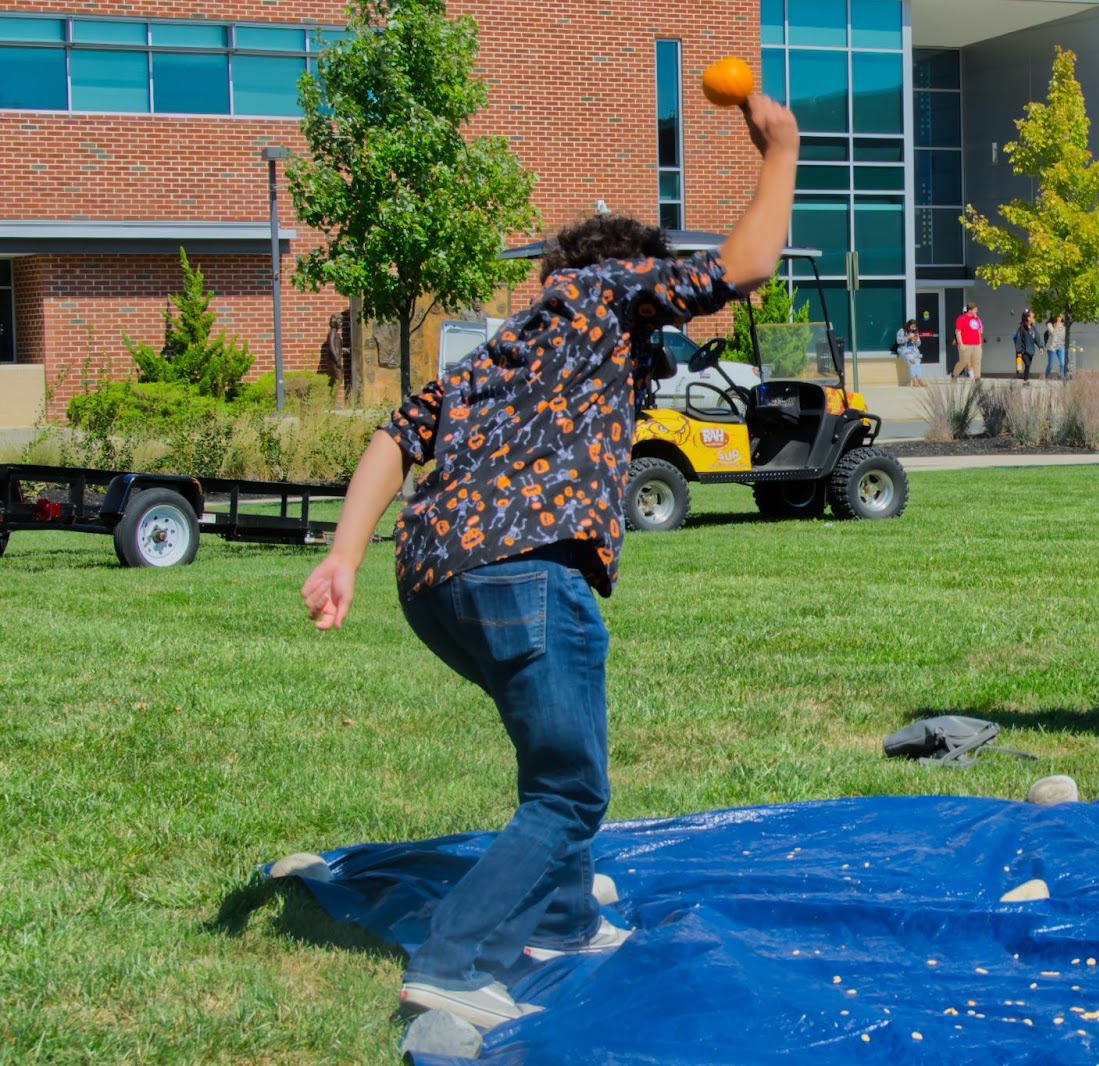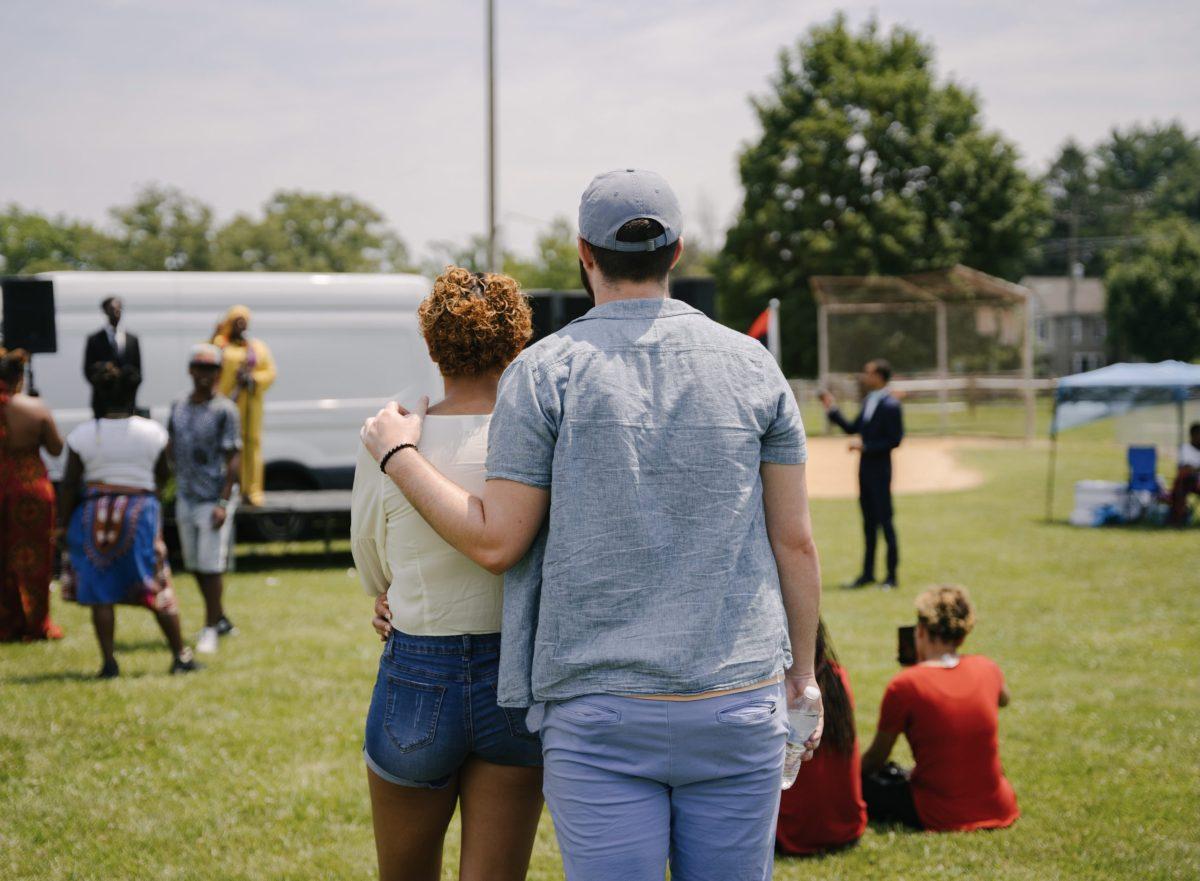On April 3, Rowan’s Art Gallery held a reception for “The People Who Could Fly,” an exhibition by Lavett Ballard, a mixed-media artist, art historian, and author. Ballard’s artwork particularly shows emphasis on social issues of people of African descent, as she has layered imagery and lively visual narratives. The front desk greets you, and you get a visual of vibrant and meaningful pieces created by Ballard.
Lavett Ballard shows in her work a visual representation and narrative of African folklore, history, and culture. Freshman Tyler Malkin fell in love with Ballard’s collage “Homeland,” which is a bright birchwood panel with vibrant colors and circles.
“I feel that it’s very outside of the box and creative, that all of these pieces are not just a regular canvas. Especially this one, considering it is a wood panel while the others are fences,” said Malkin.
Lavett Ballard mentions during the reception how she loves broken fences and does not care for the perfect fence canvas. She feels that fences can keep people out, but at the same time keep people in, and this is symbolic of her showing.
“I think fences lie in our lives as they are not perfect, and there is a way of beauty to that,” said Ballard. “We all have fences in our lives in the sense of keeping our guard up and keeping certain things to ourselves. I used fences as symbolism and the idea that some things are damaged. So there is beauty to that said damage.”
Mary Salvante, Rowan’s Director and Chief Curator of Rowan University’s Gallery and Museum, and a visual arts professional, feels that this exhibit is insightful for people of African descent and the very objective is to shed light on these issues.
“The whole intention of the show is to present a story of African history, as it leads from the time of enslavement to relevance with today’s present-day issues of emancipation,” said Salvante. “It takes a year to plan a show, and the way the show is presented seems even more relevant right now. Particularly for people of African descent and women, her work is led by stories of African-American women and African women.”
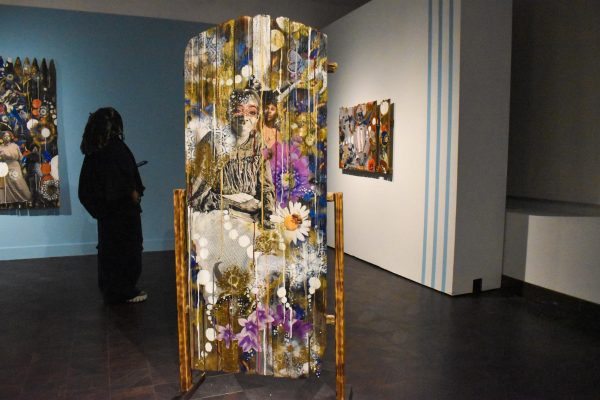
As the reception begins, Salvante discusses Ballard’s work and accomplishments, giving the audience a brief introduction to the artist. Along with discussing Ballard’s commissions of the cover of Time Magazine twice, as well as her work that has been exhibited both nationally and internationally, and used throughout films and publications. As Salvante handed the mic over to Ballard, she thanked the audience for coming out today.
Ballard expressed gratitude for the audience’s support and shared insights into her creative process. She dives into the inspiration of the exhibition and was inspired by reading “The People Could Fly” by Virginia Hamilton with her granddaughter. Even showing the book on a display trunk that was incorporated into the show. Ballard explains how it has a visual timeline wrapped together with African folklore and how essential it is to modern times.
She further explains the inspiration for her artwork, the folktale was based on the idea that in Africa, people of color could fly along with these black wings. When they became enslaved, the feathers on their wings were truly mutilated with them, and when they went through the middle passage, some of them tried to leap into the sea, attempting to fly away to escape. Those who did survive came to America with no wings, realizing their ability to fight and have freedom was taken away.
“An older man, years later, who kept the secret of flight whispered to a woman who was being beaten by a master, don’t let them get to you, you can fly,” said Ballard. “The woman was reminded of this, looked at the sky, and her wings sprouted from her, picked up her child, and flew away. As everyone else in the field sees her wings, they then fly away to freedom. The rest that were left behind realized that they didn’t need wings. The idea of freedom was always within them.”
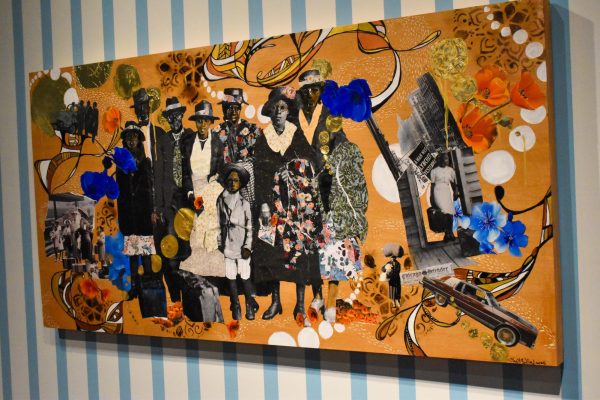
Ballard explained the folktale metaphorically, which represents freedom as an intrinsic quality rather than a physical ability—a theme deeply woven into Ballard’s work. She makes mention of the Underground Railroad and the idea of traveling in big migrations, along with the idea that freedom has always been with people of color. She further brings to the audience the ideology that freedom is of your mind and heart, as she brings it back to her art pieces. She admits that it was rather complex for her, and she is normally a person who can finish art projects quickly.
“I have never had such a challenging project like this in my life. I’m usually a person who can knock out work quick,” said Ballard.
She further discusses the thought process behind her work and how her past shows went. In her past showings and pieces, Ballard would always let her projects speak for themselves, as she has always been aware of what direction she wanted to take and what she wanted to express in her works to the audience. Internally, she shared that she had to ask herself why she was doing this and why she was pushing herself to do pieces she had never done before.
“The People Who Could Fly” project was more thought-provoking and complex for her compared to all her other projects, as she discussed at the reception. In addition, the pieces are about freedom and freeing the mind. Ballard let her work come together and has brought awareness to social issues for people of African descent. The showing brings both a celebration of cultural heritage and a call to honor ongoing struggles for liberation.
For comments/questions about this story DM us on Instagram @thewhitatrowan or email [email protected]




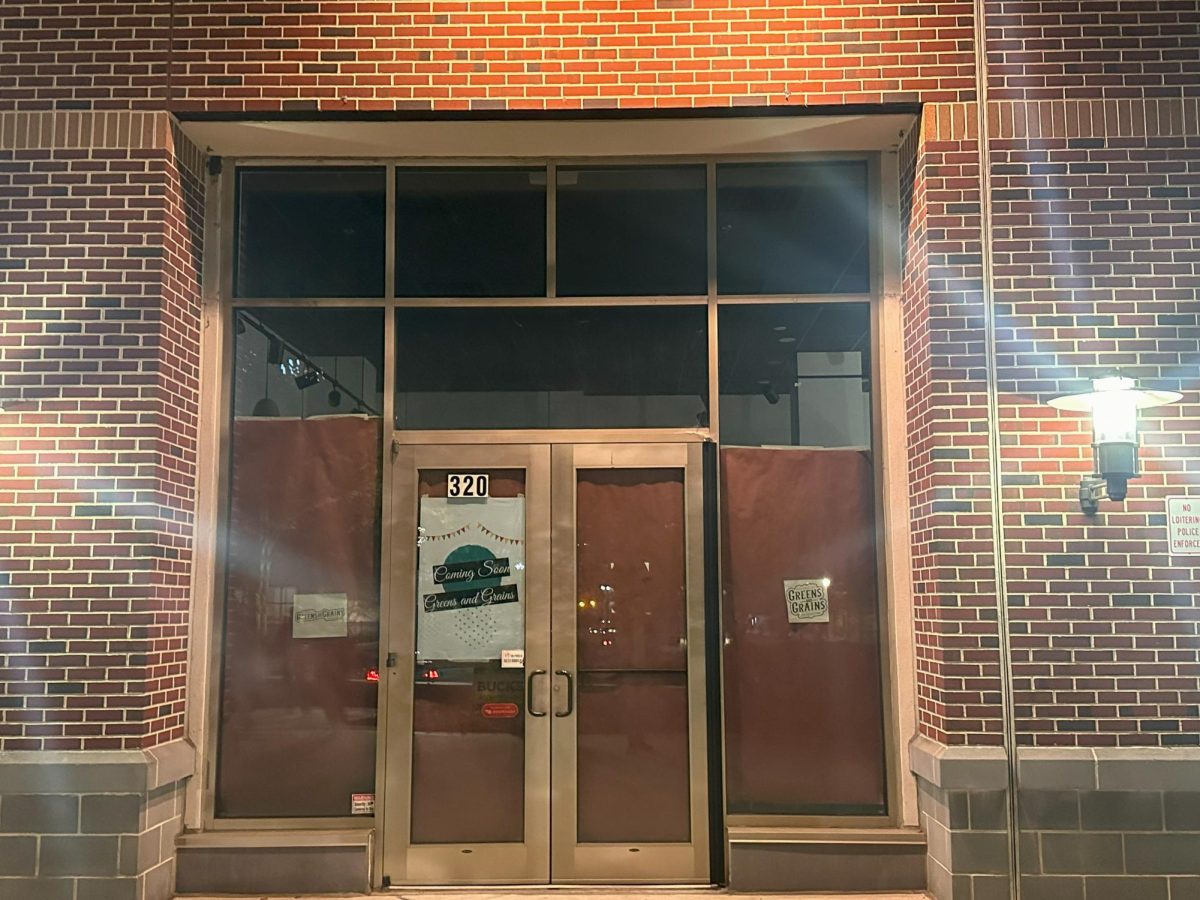

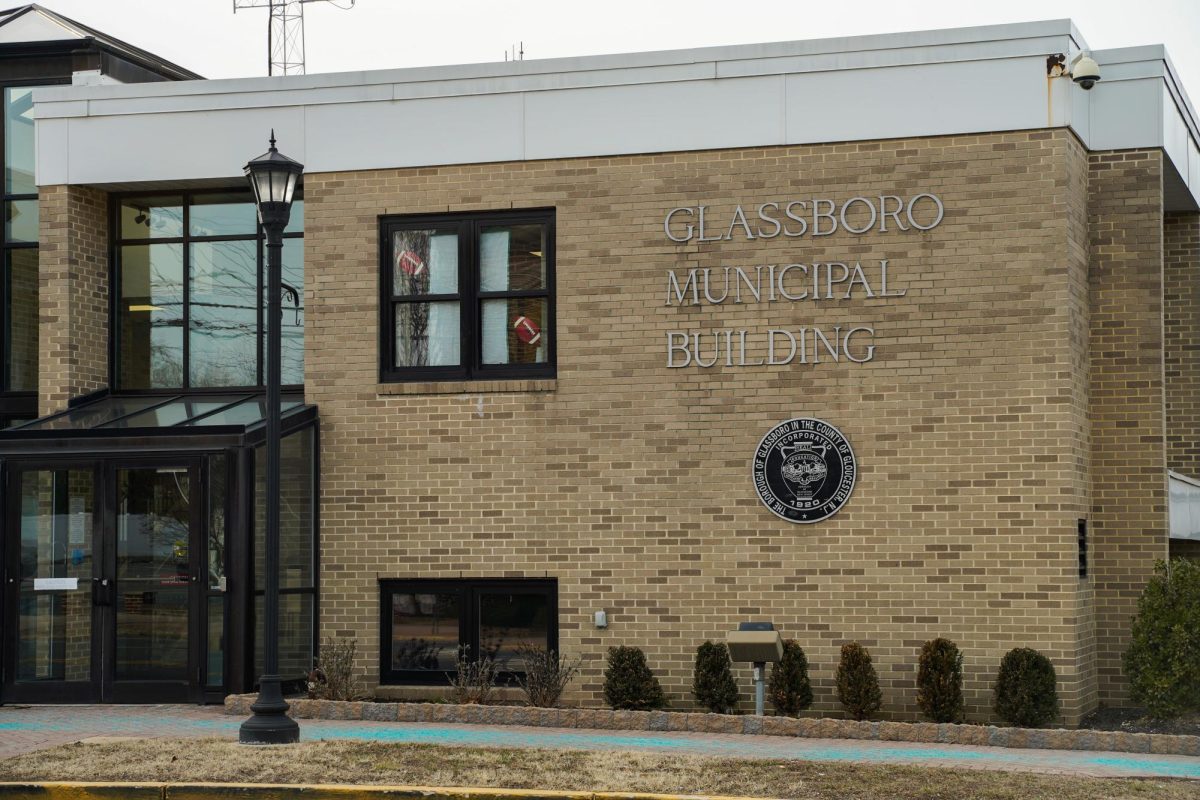
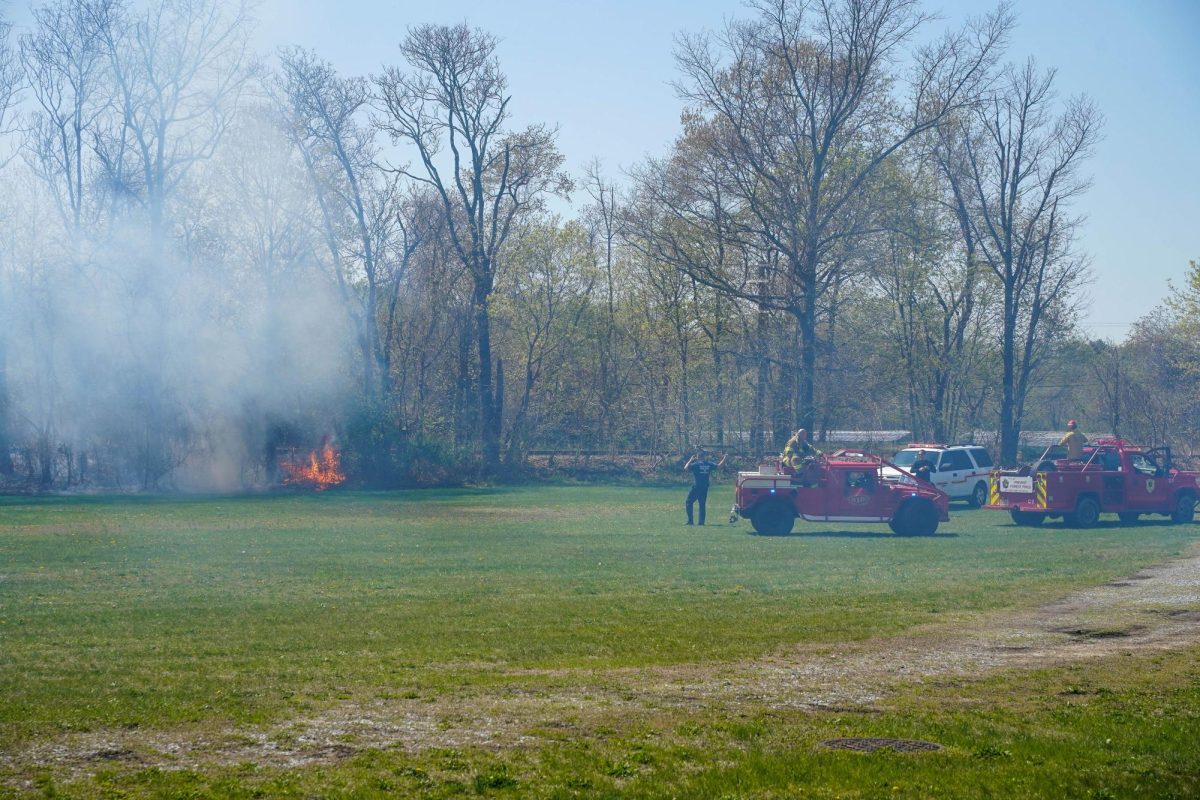


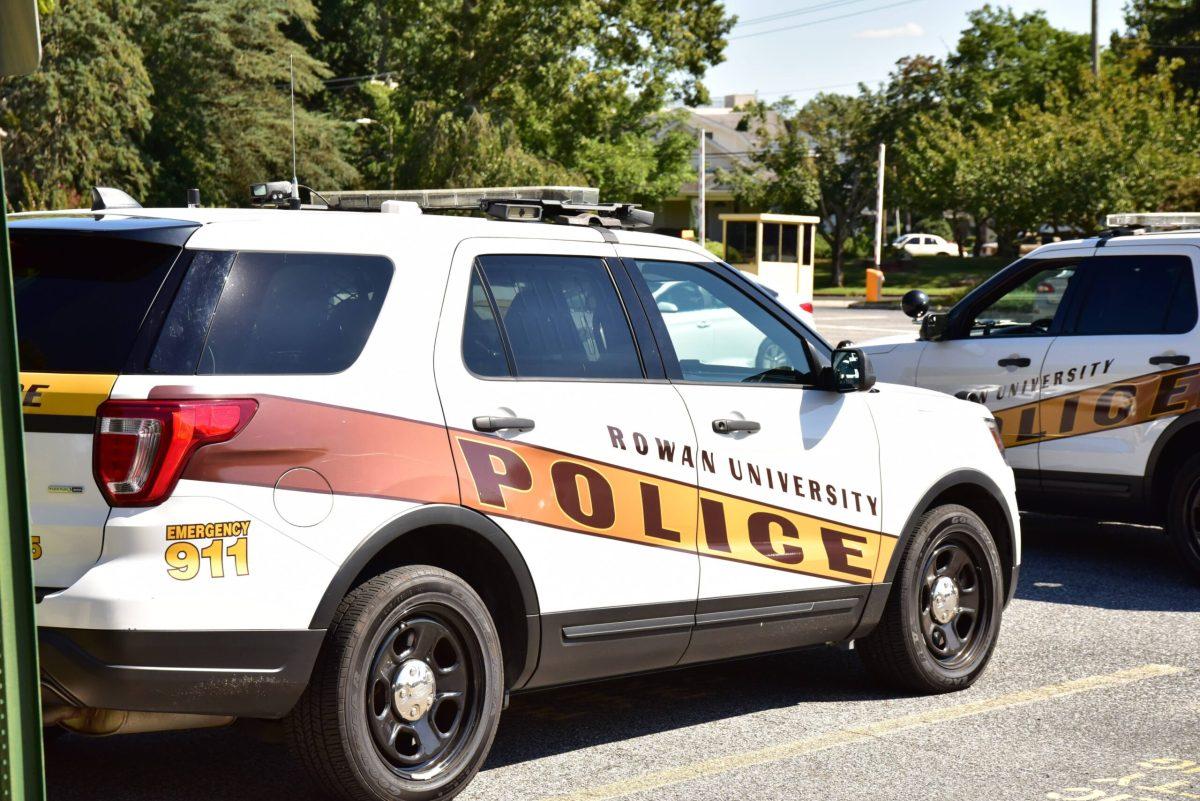

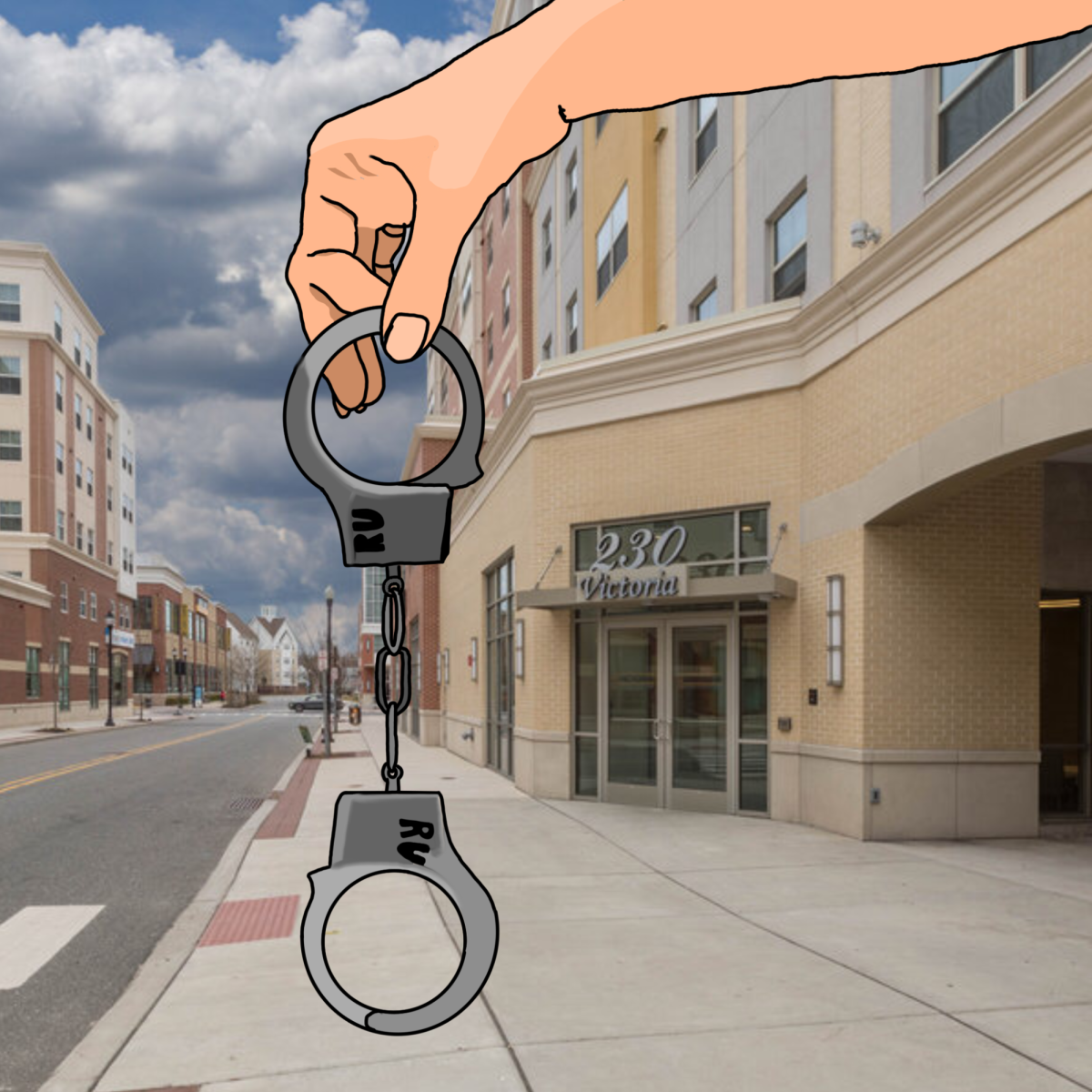
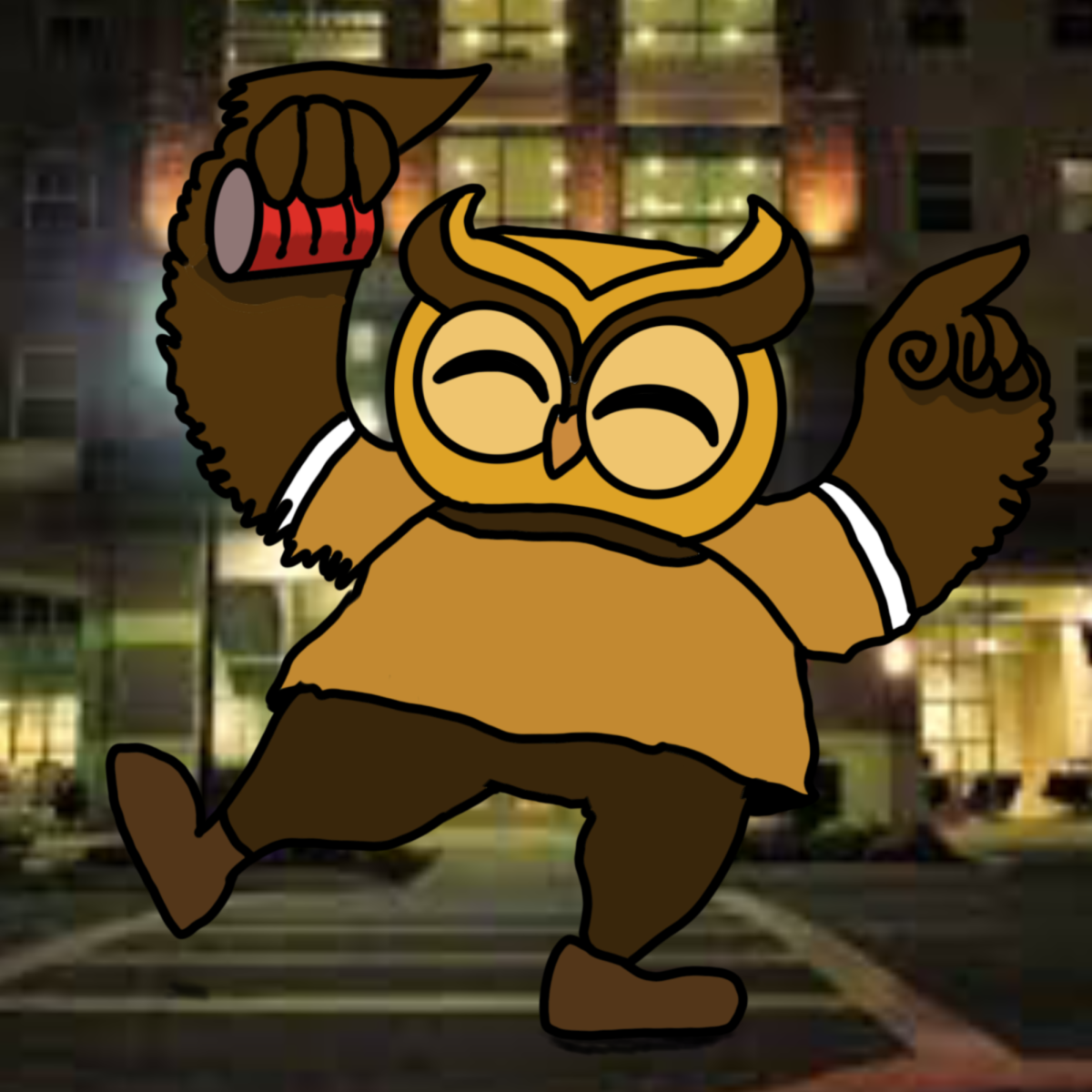


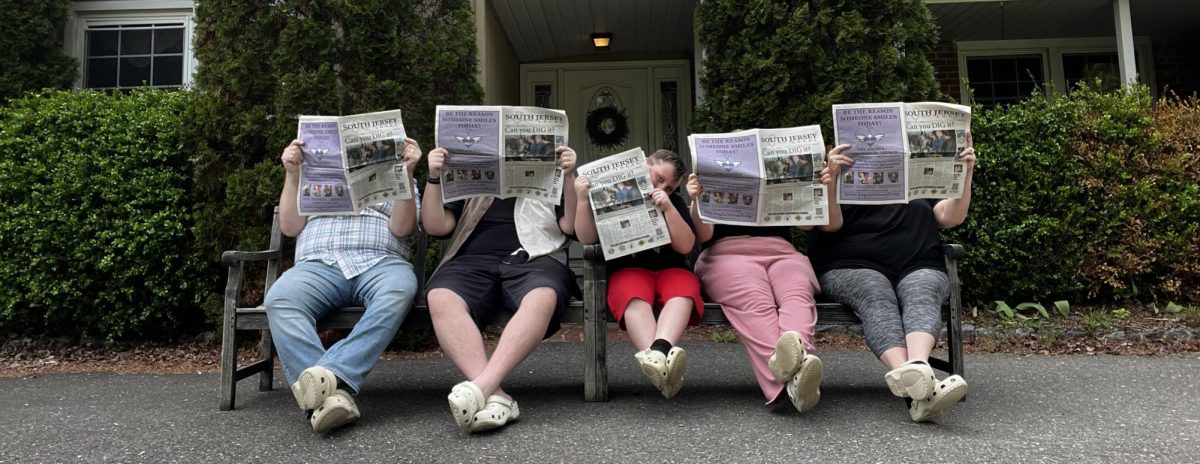
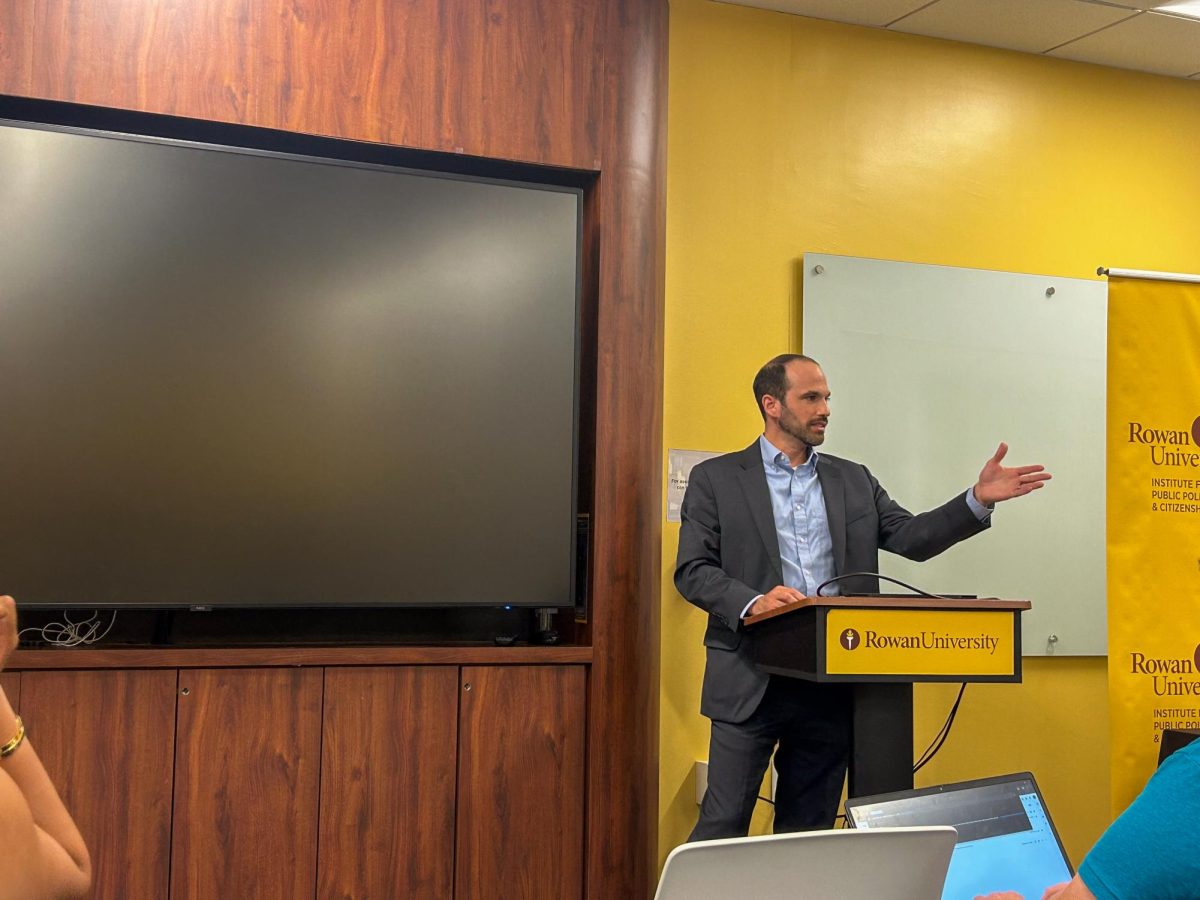


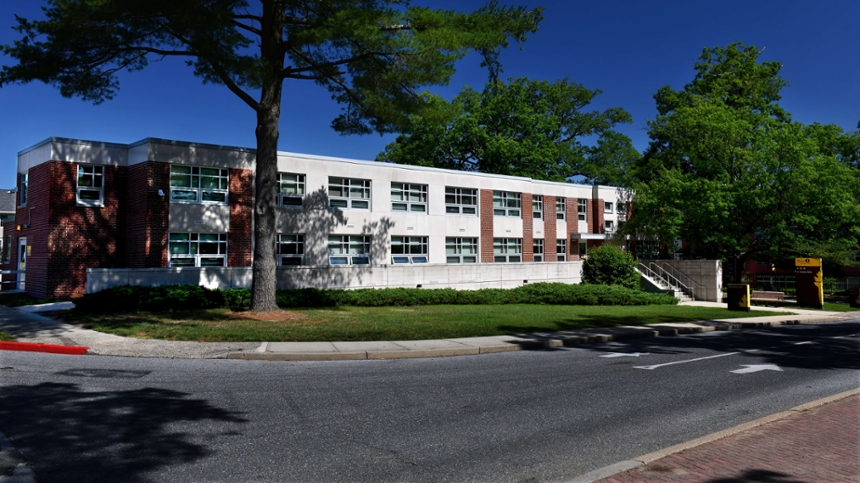







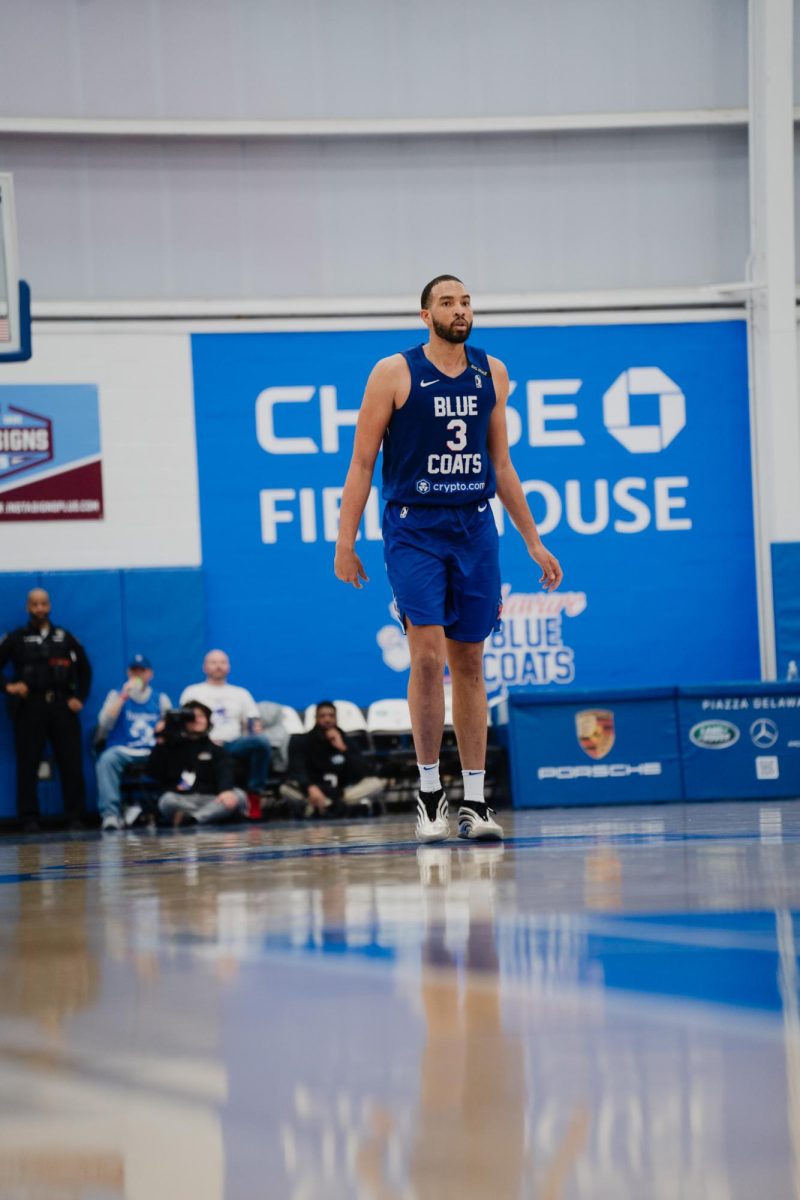











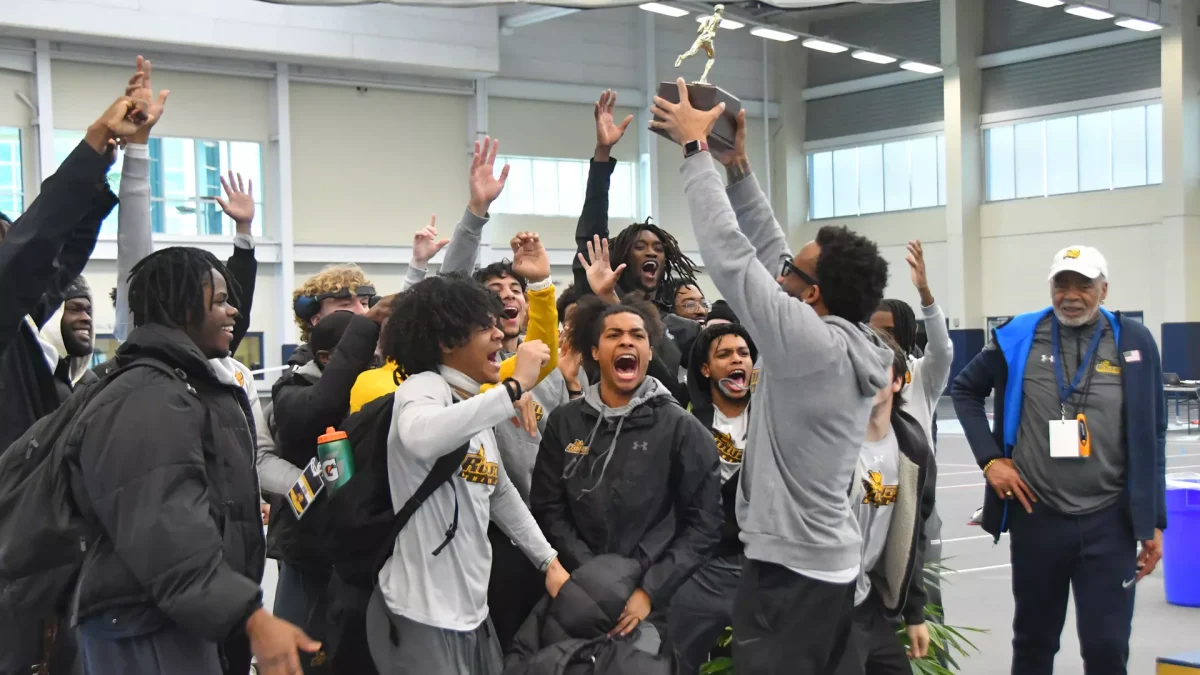

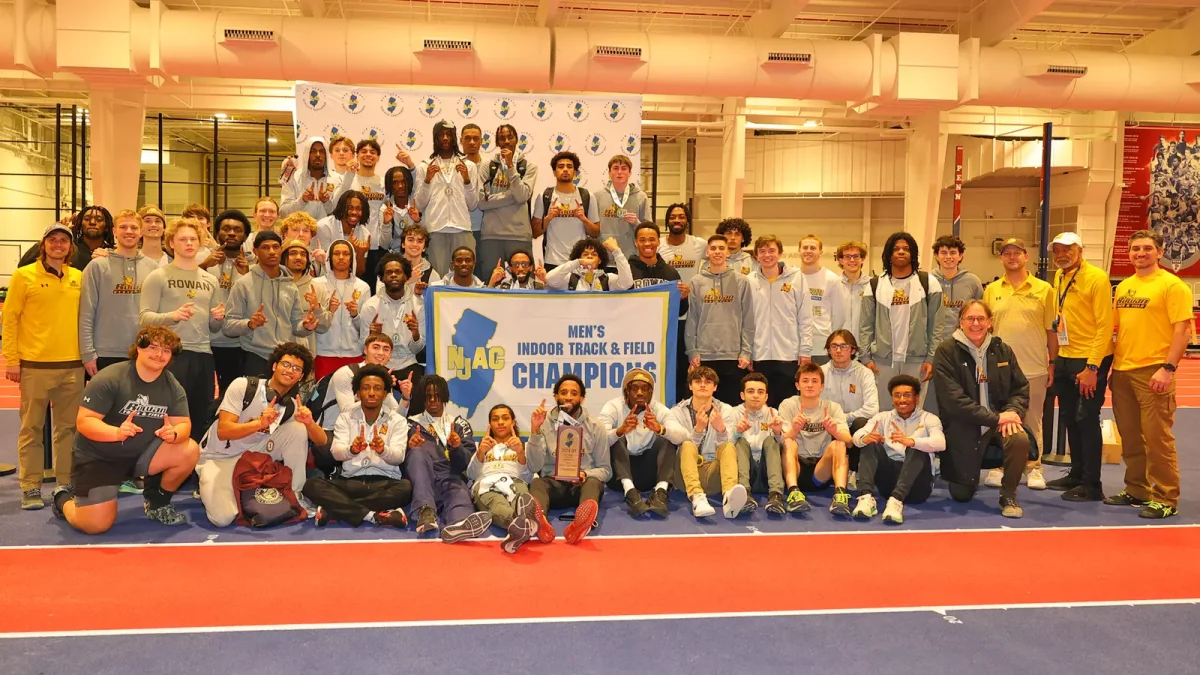






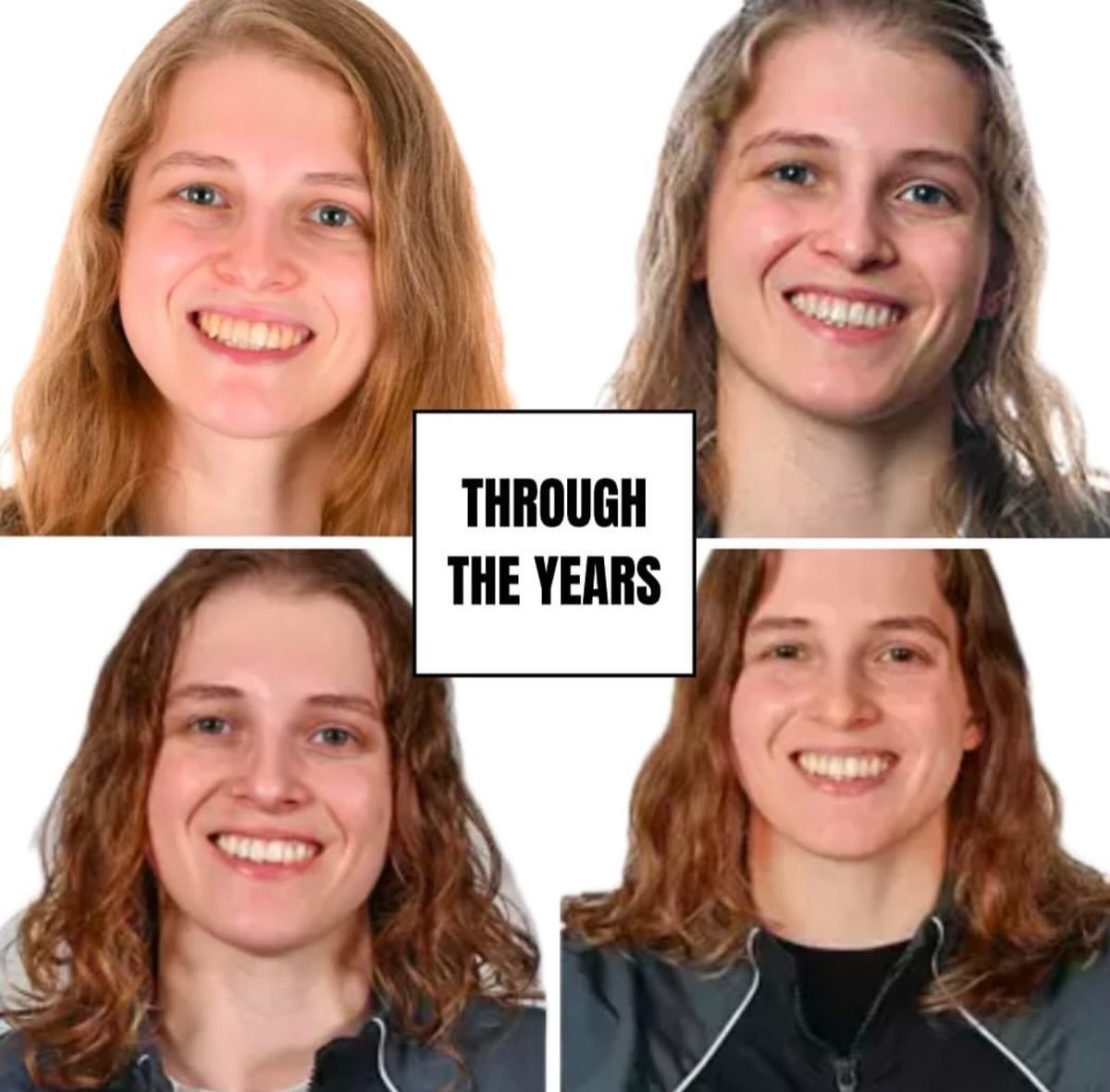







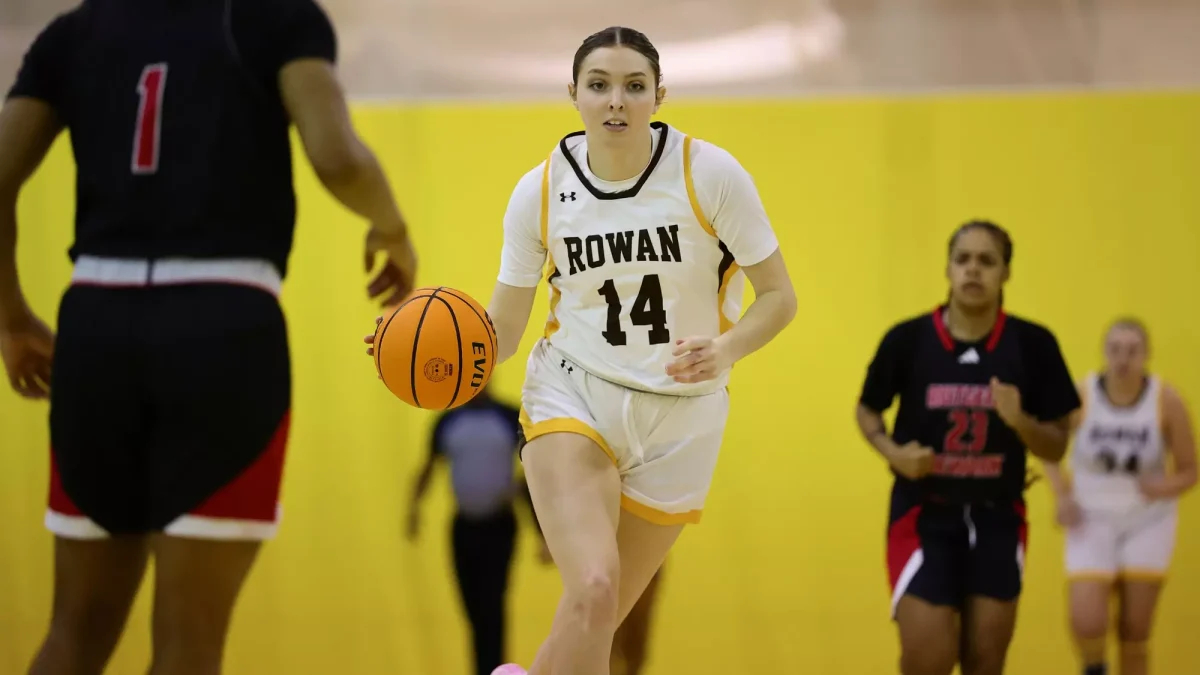
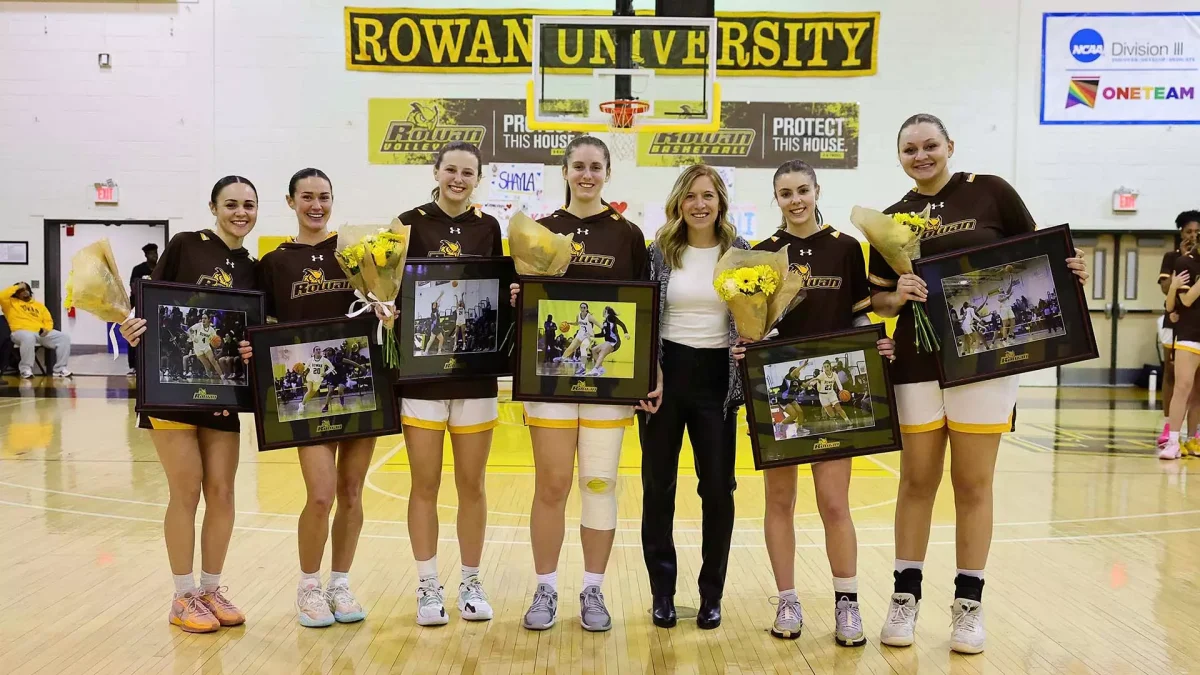








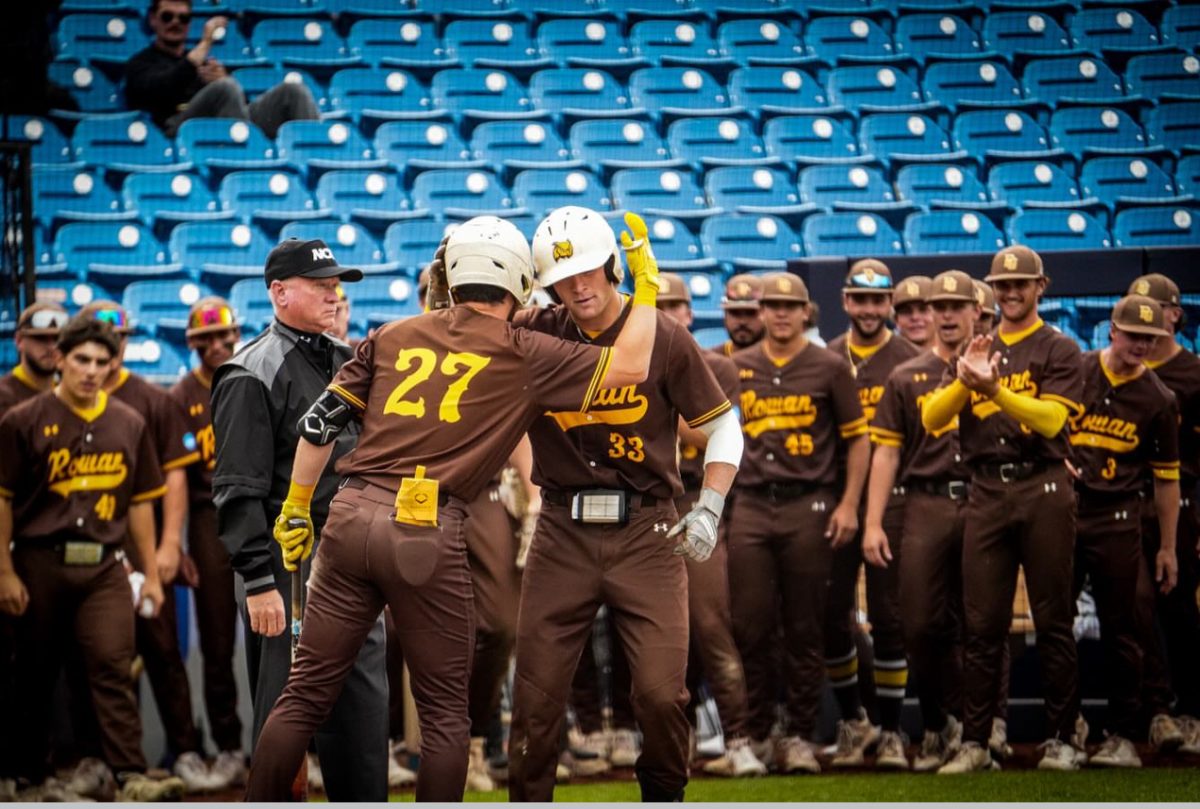











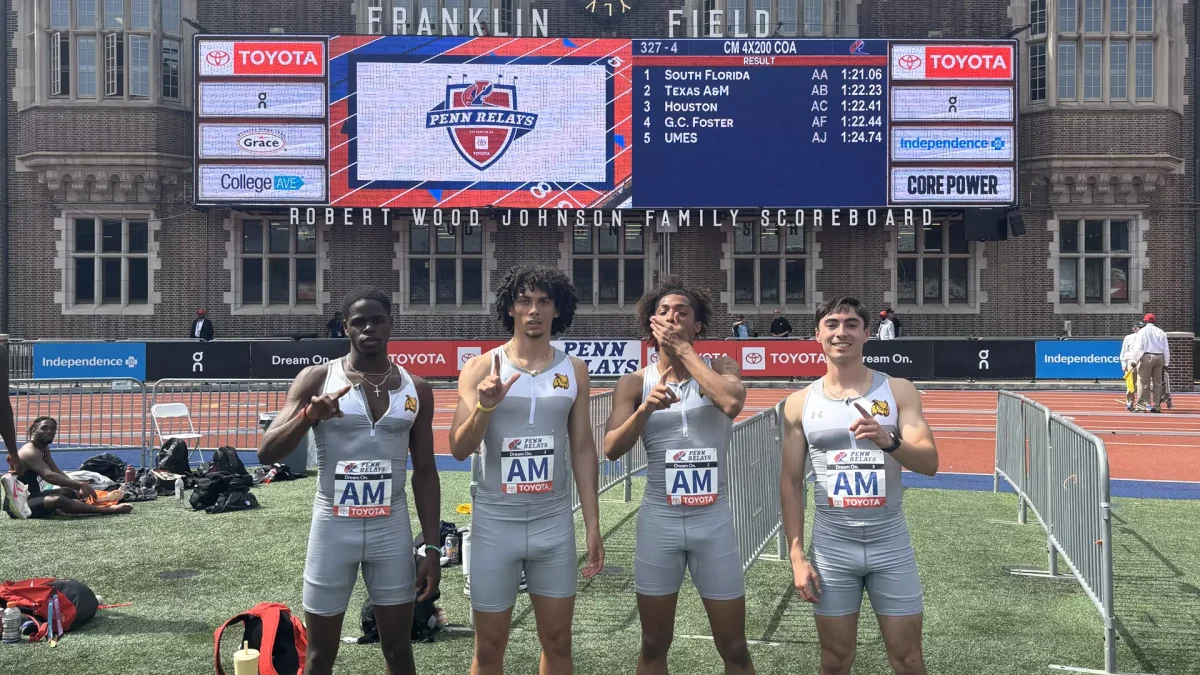









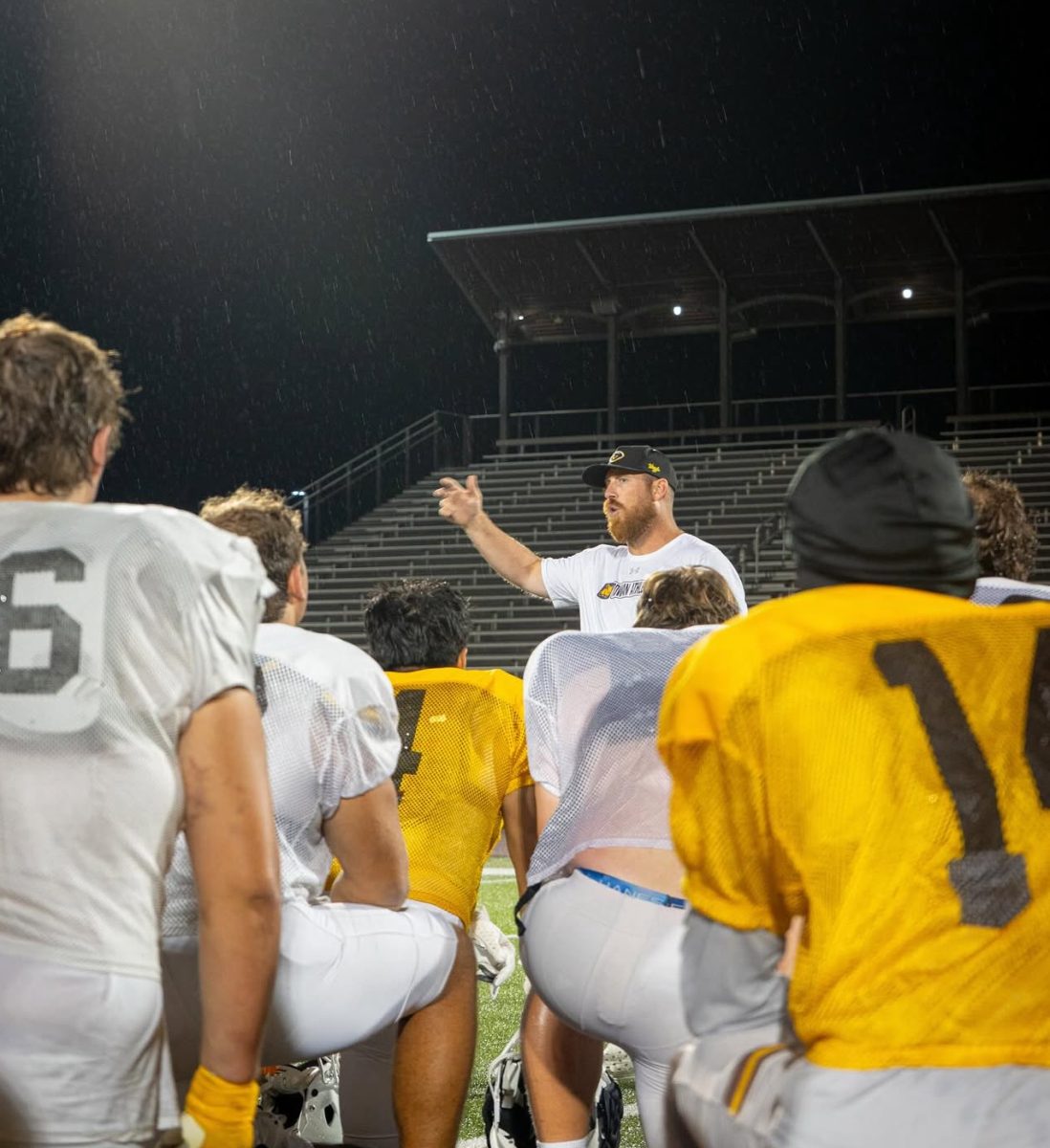







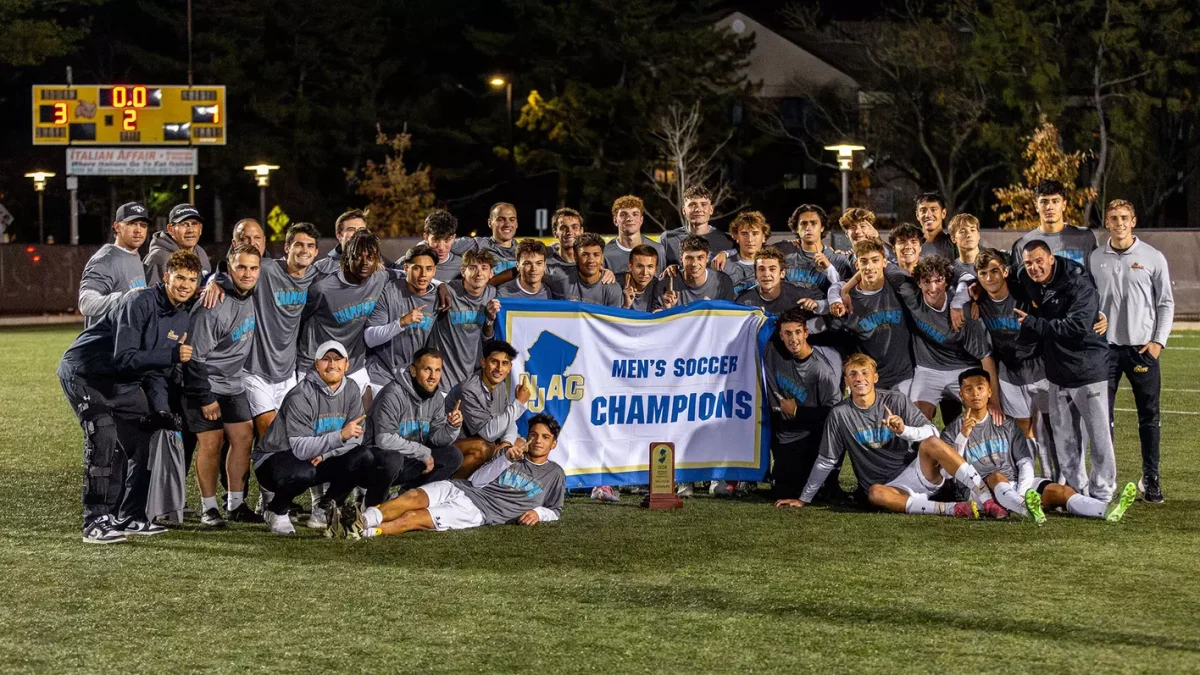


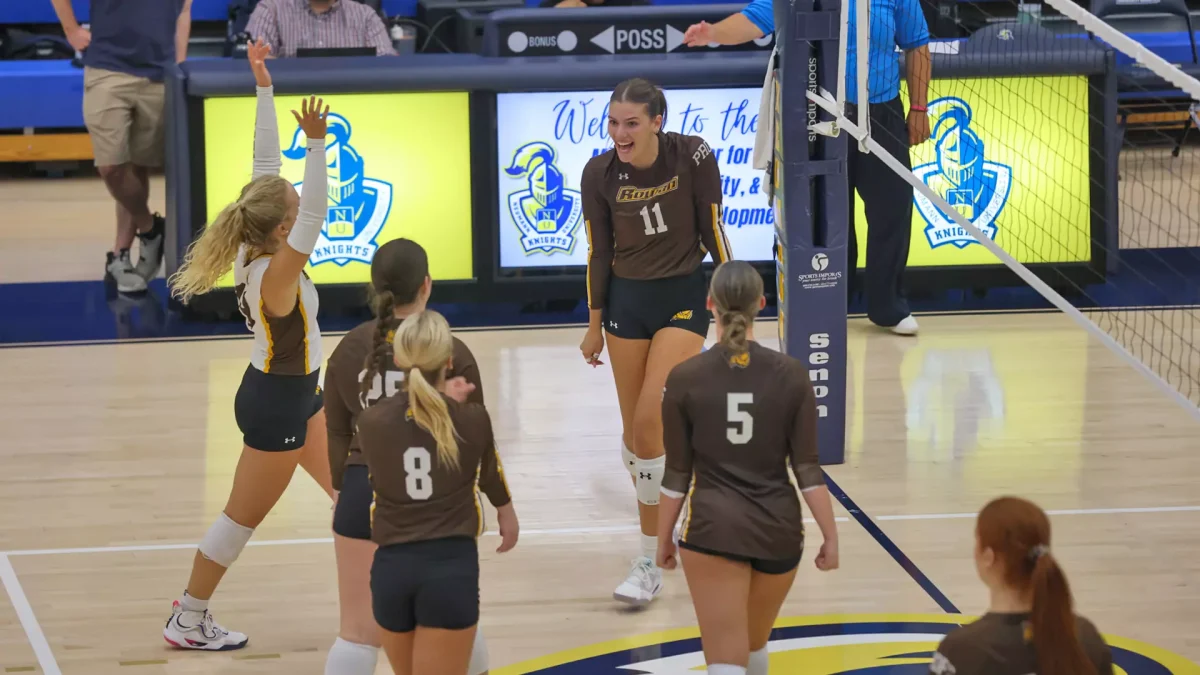
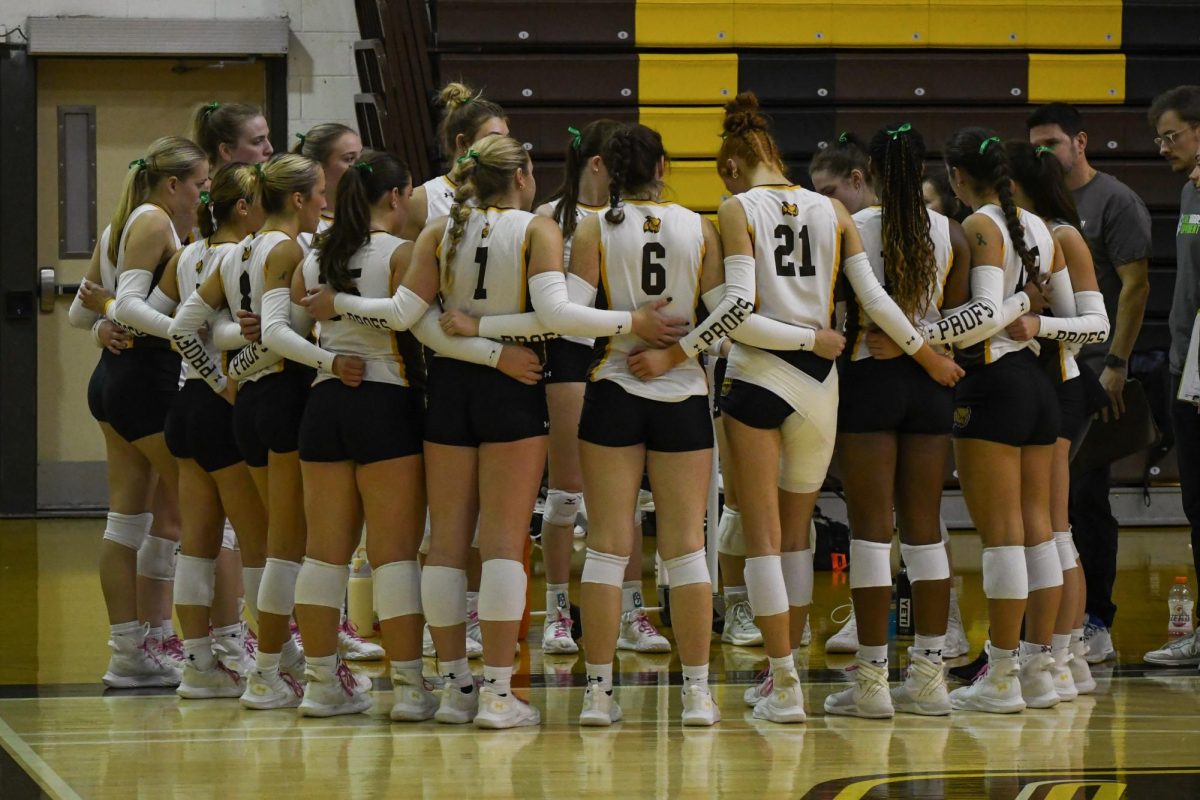









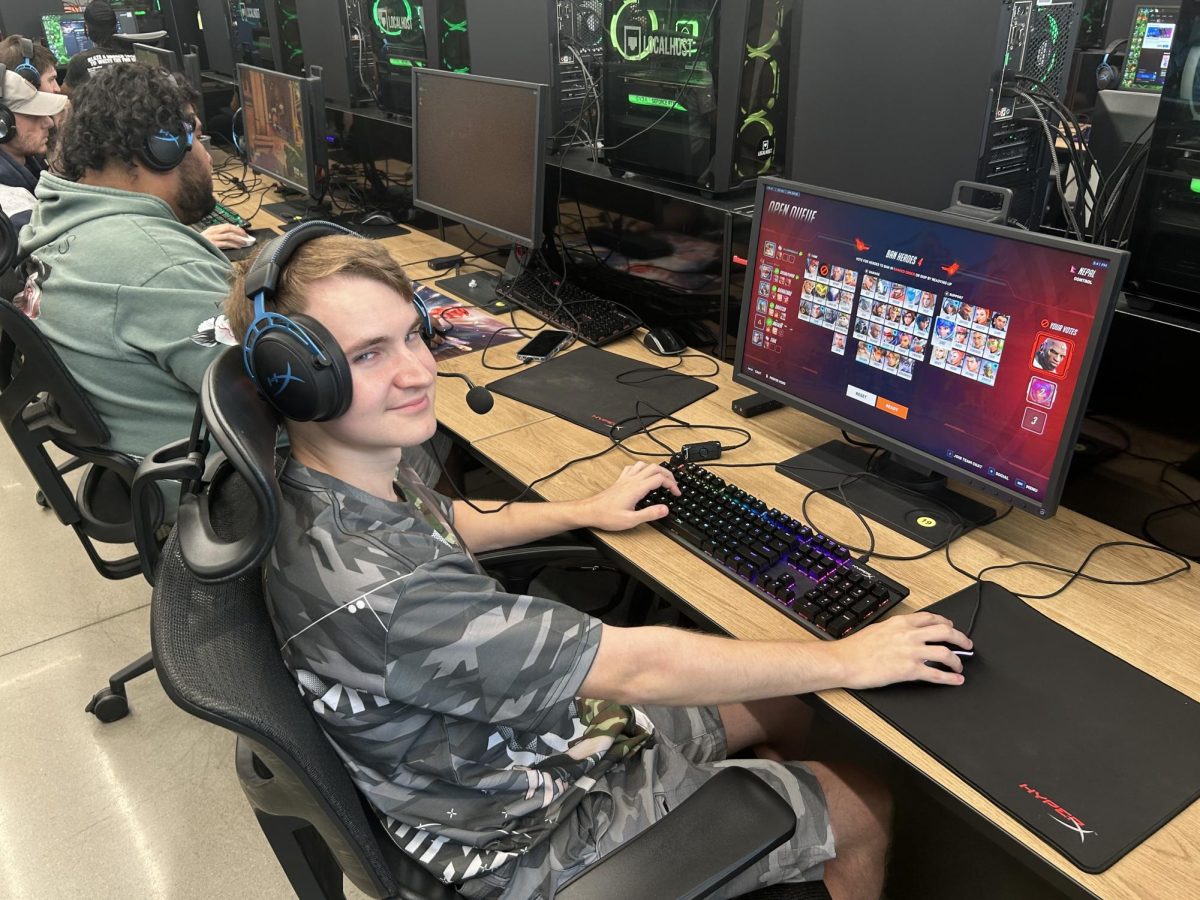


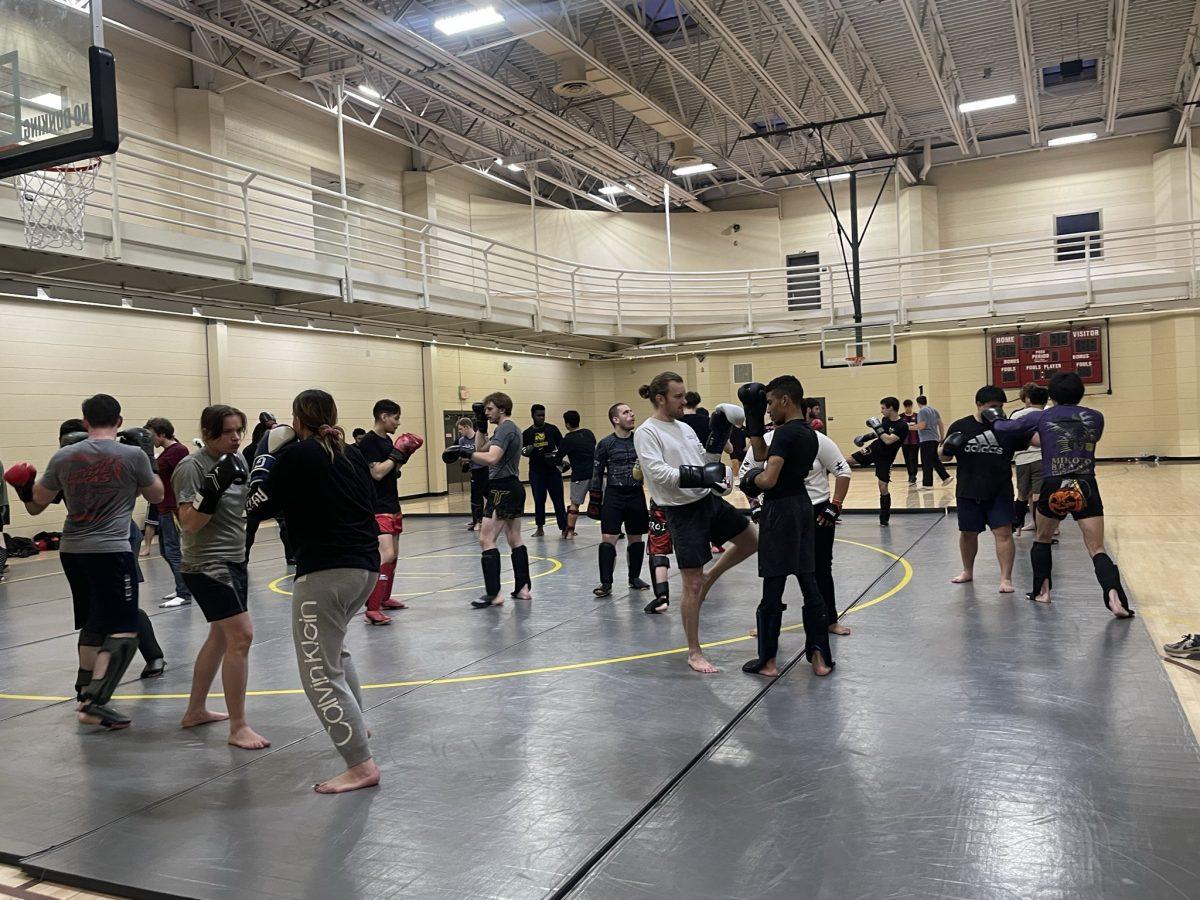
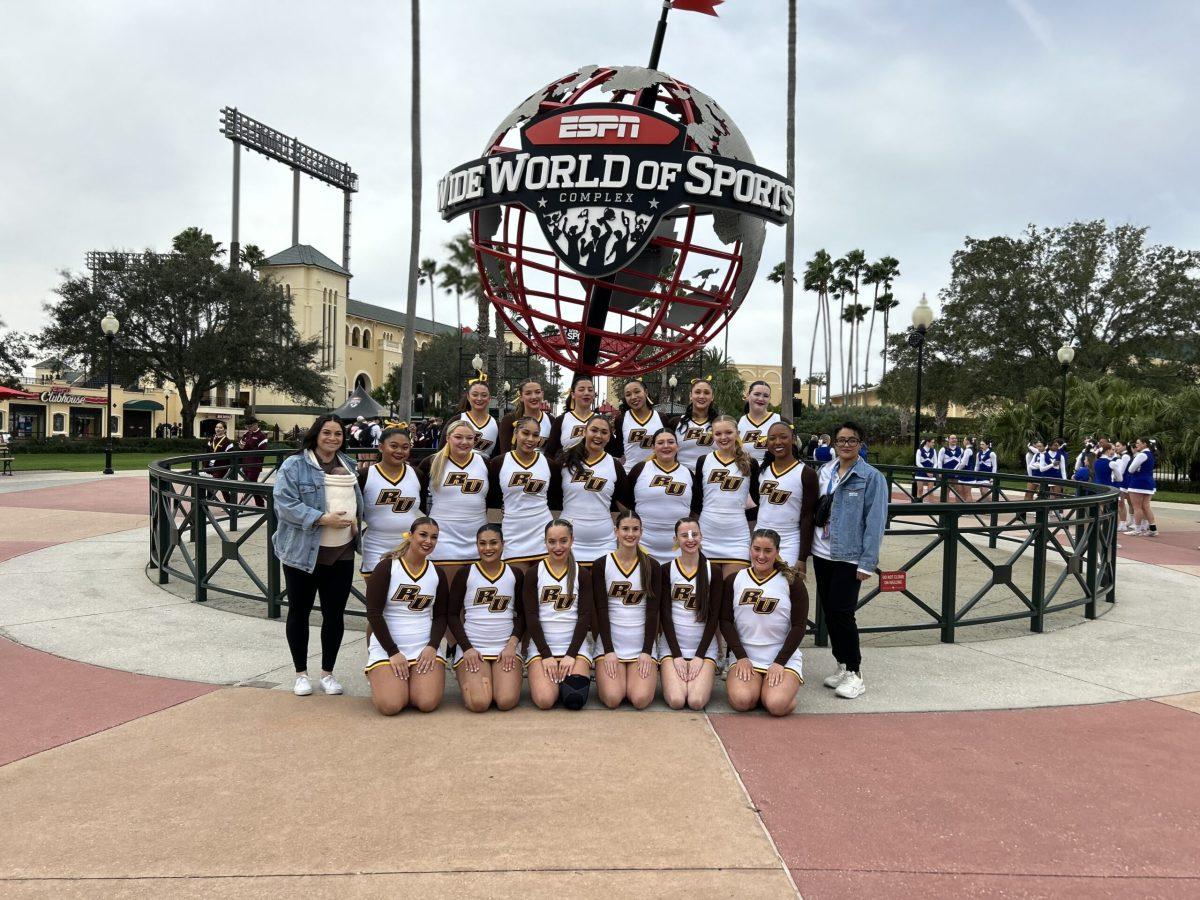








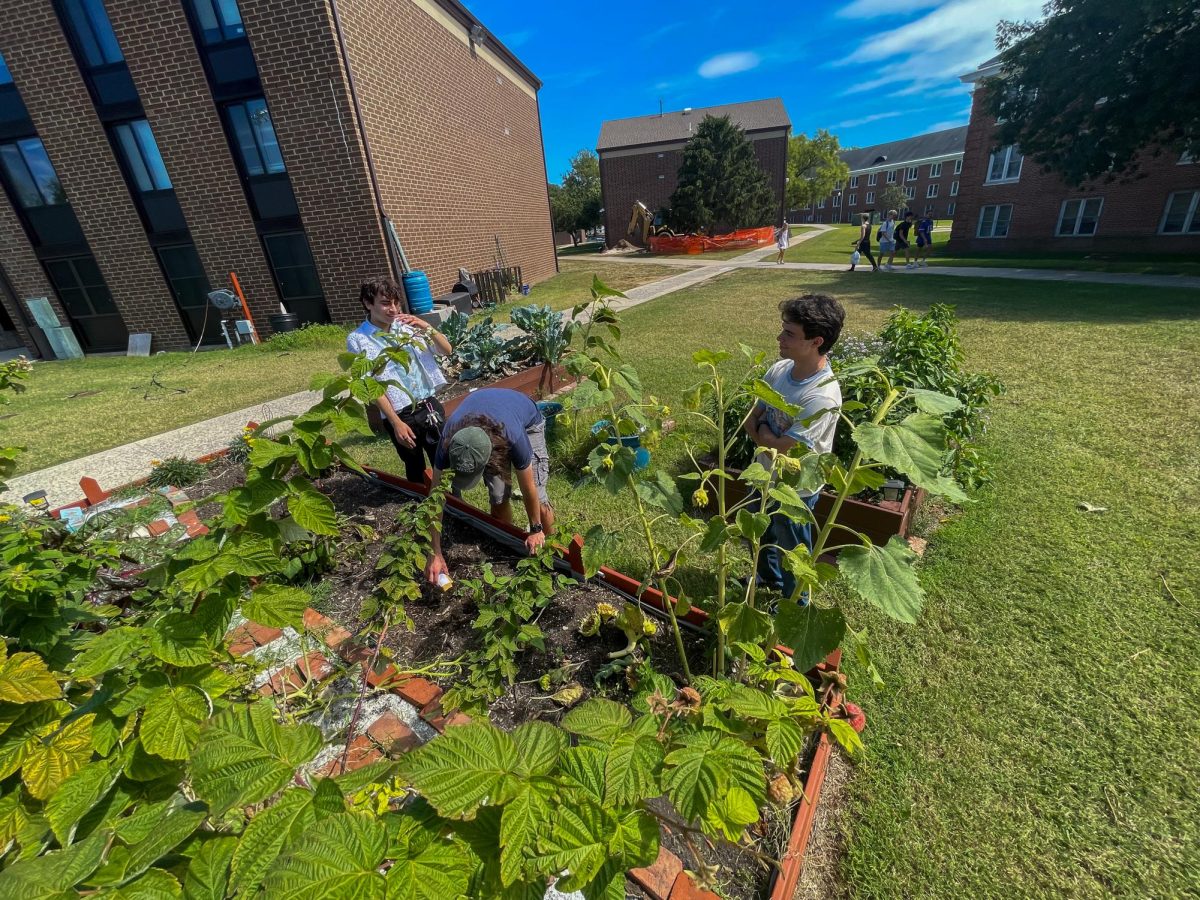


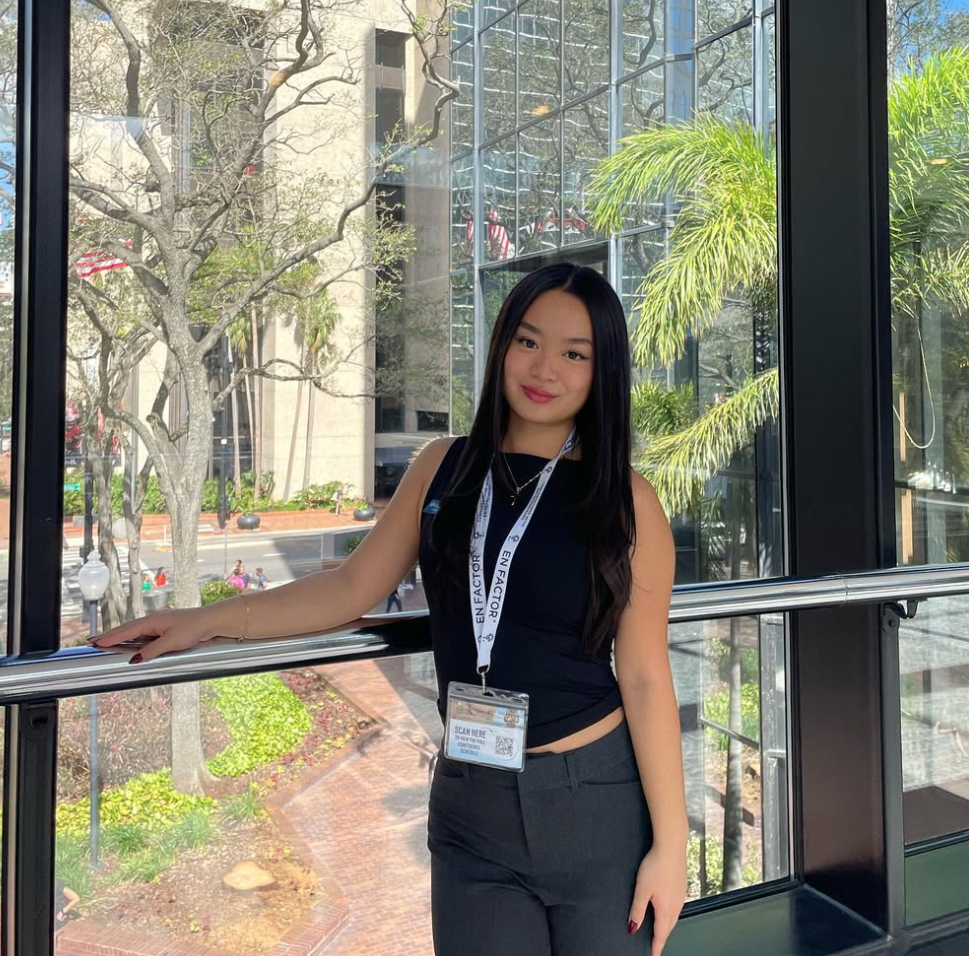
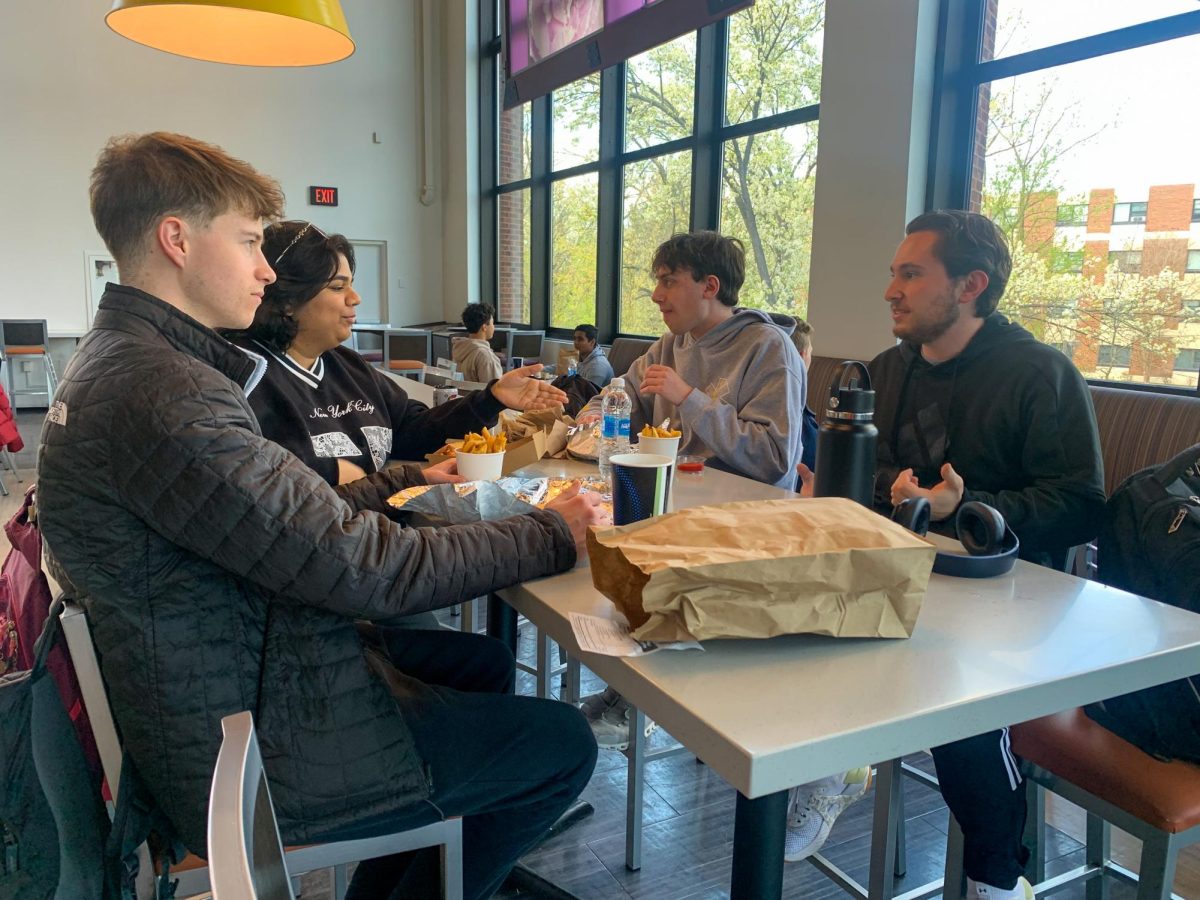
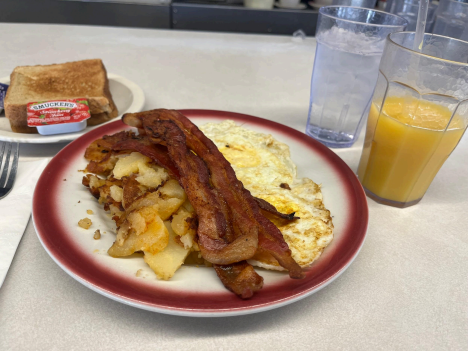
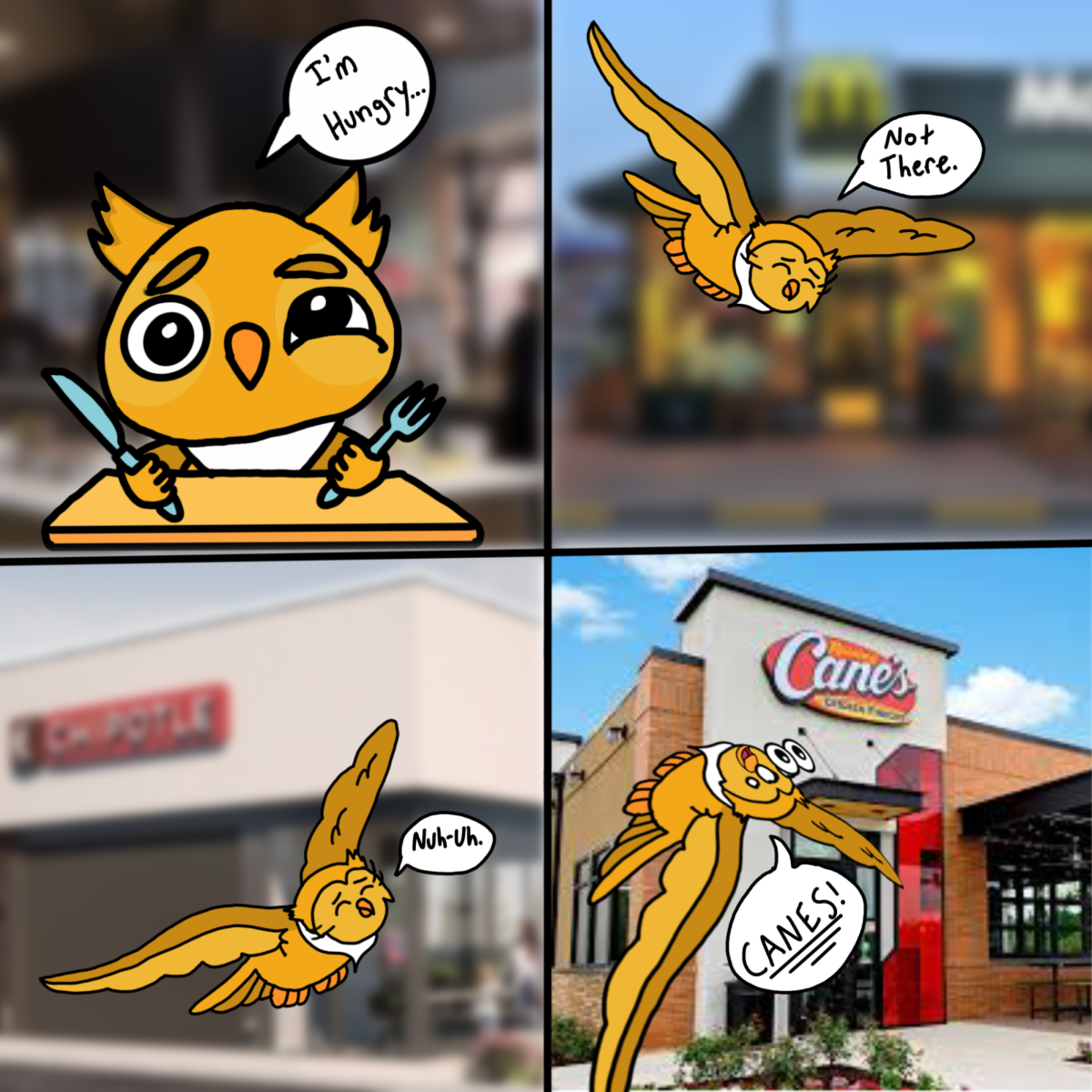
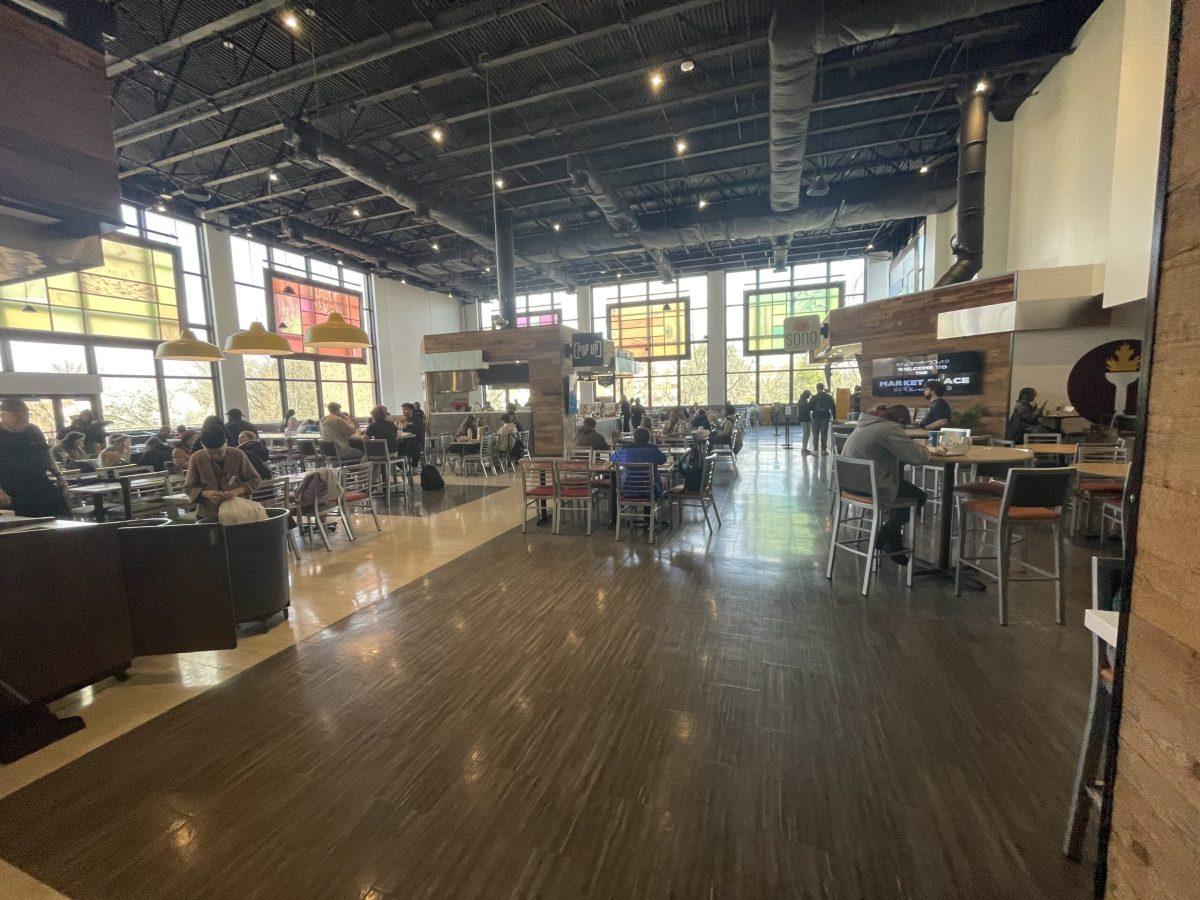
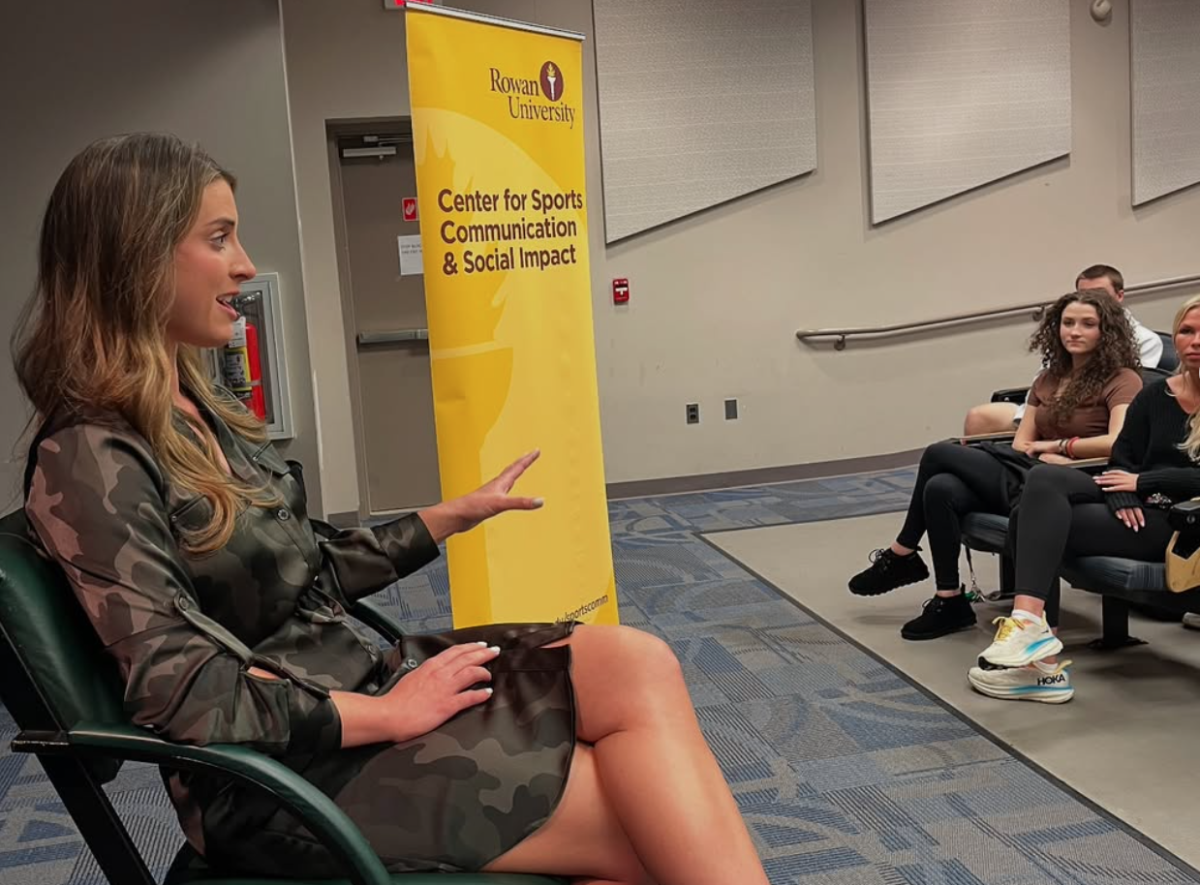
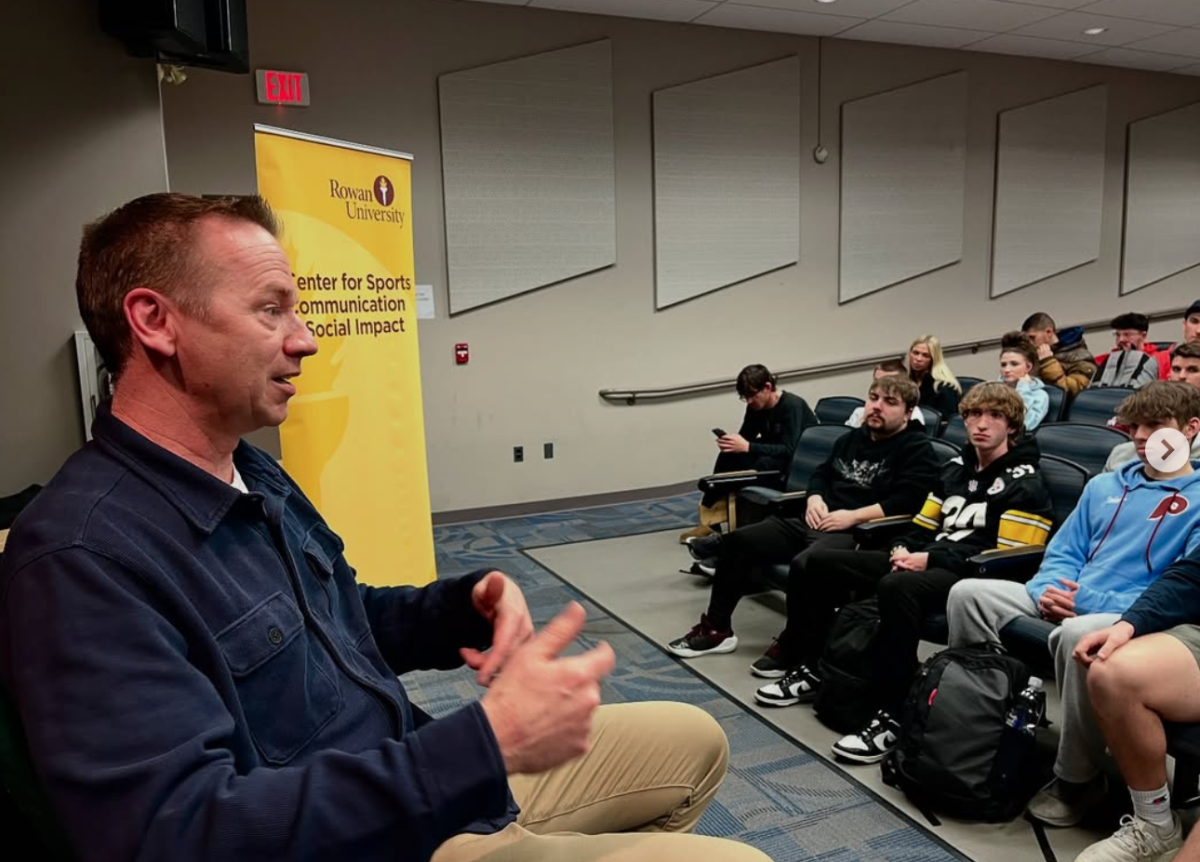
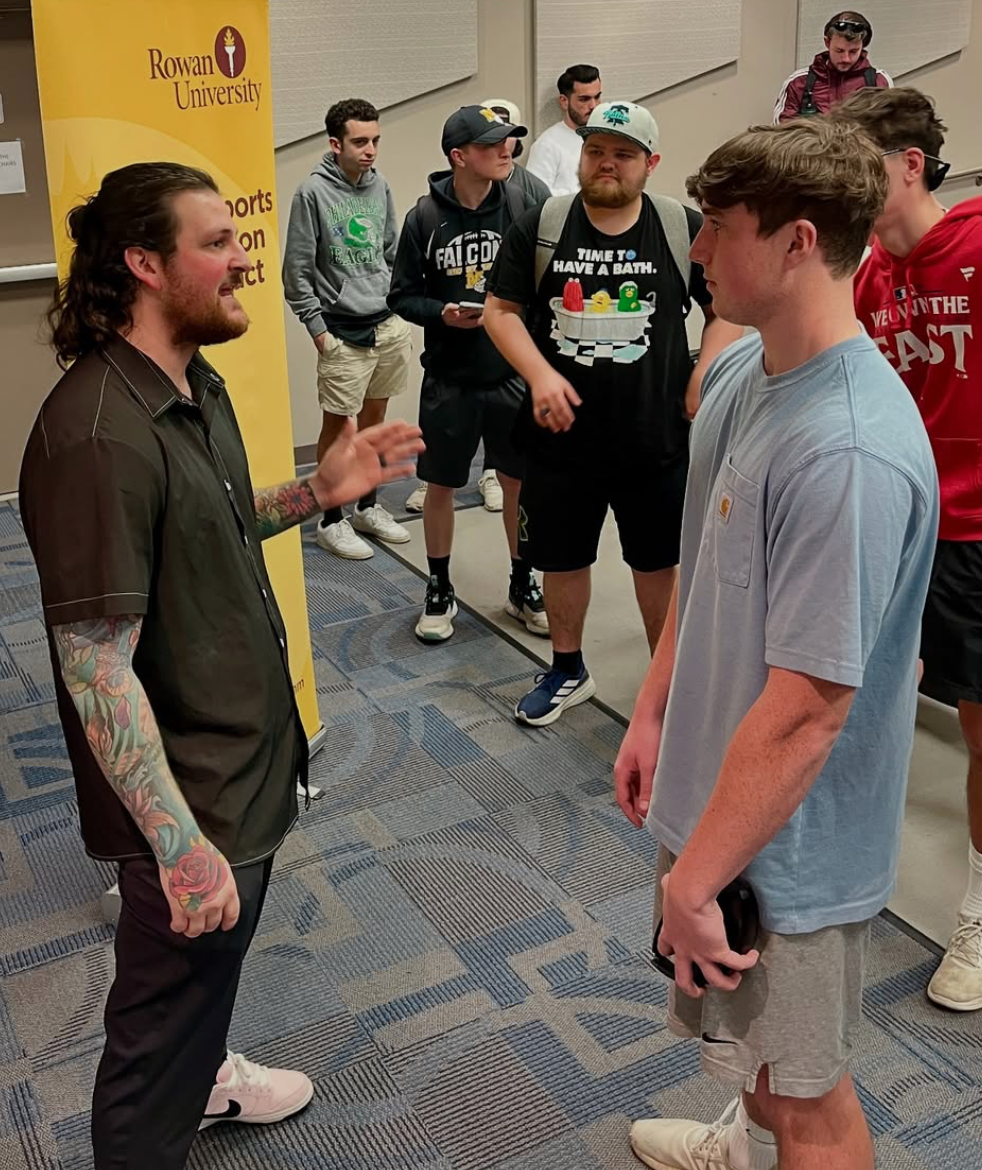
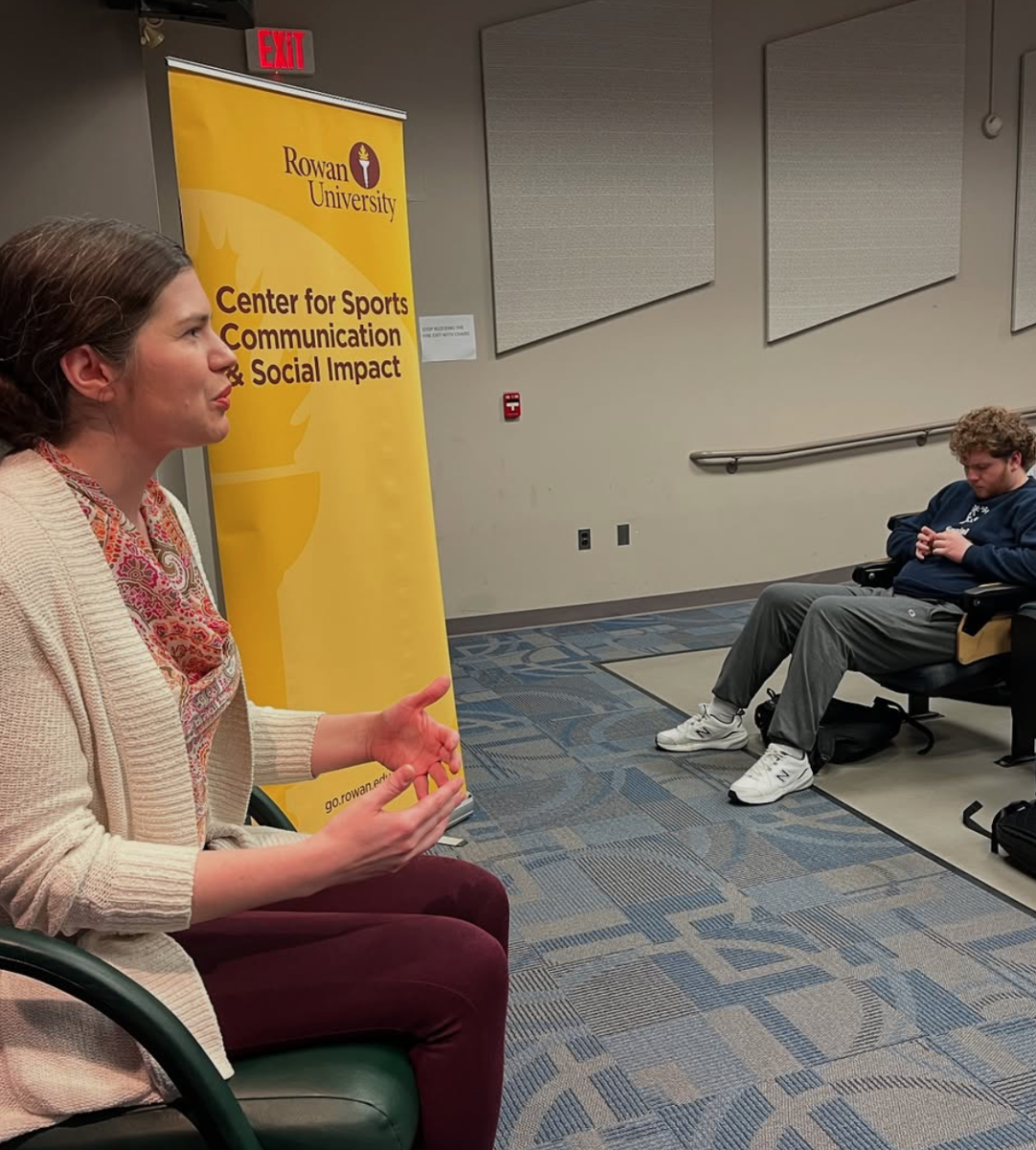
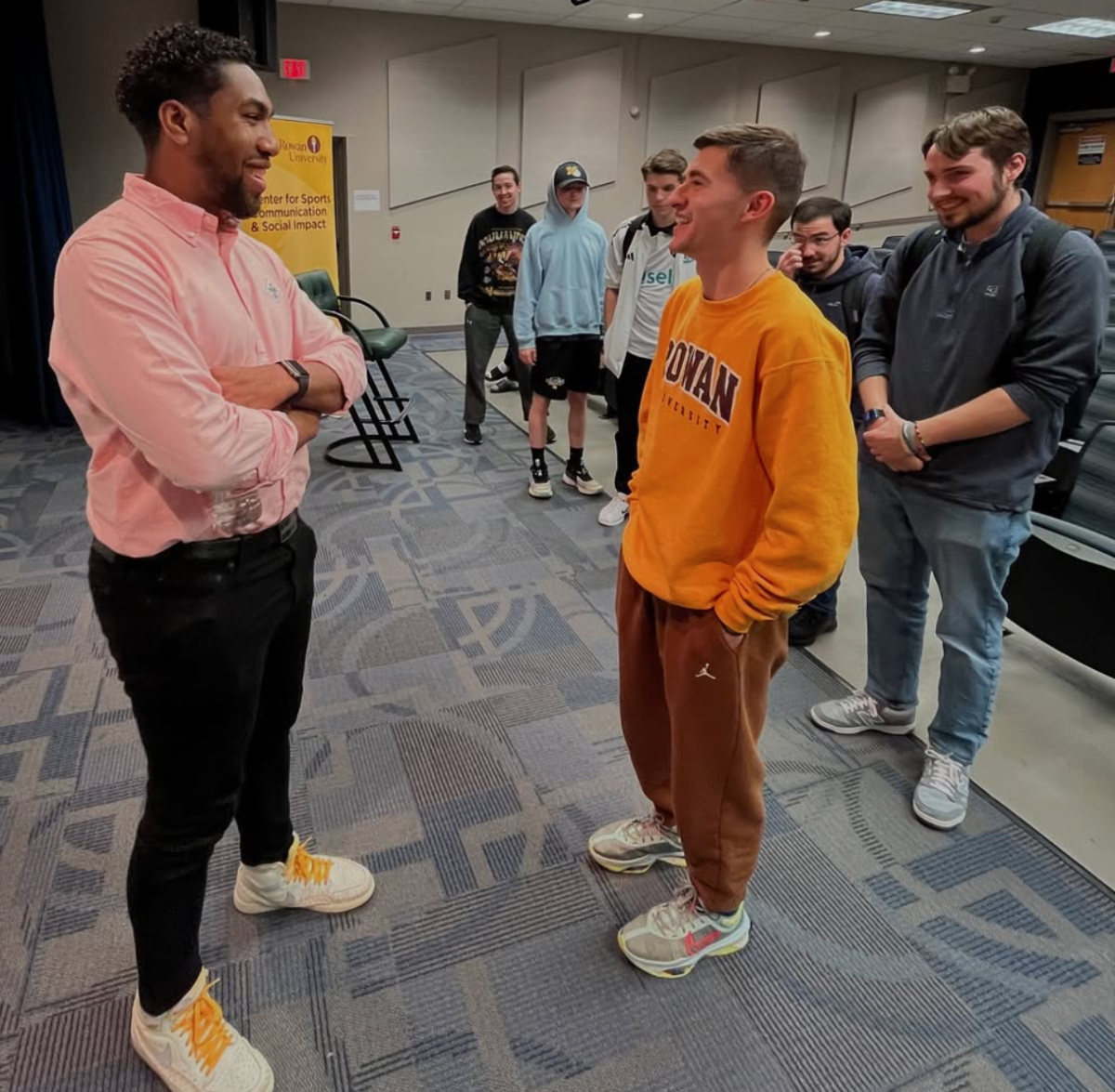

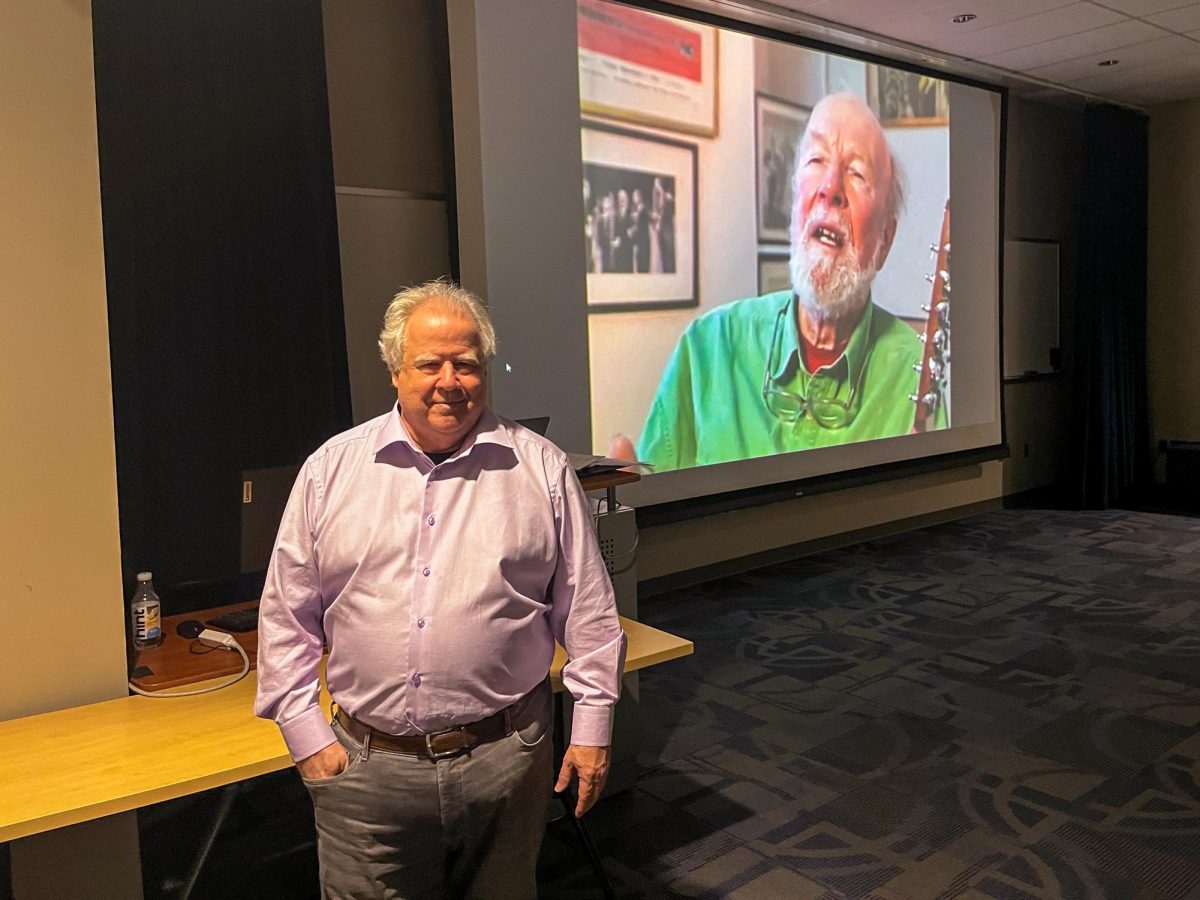



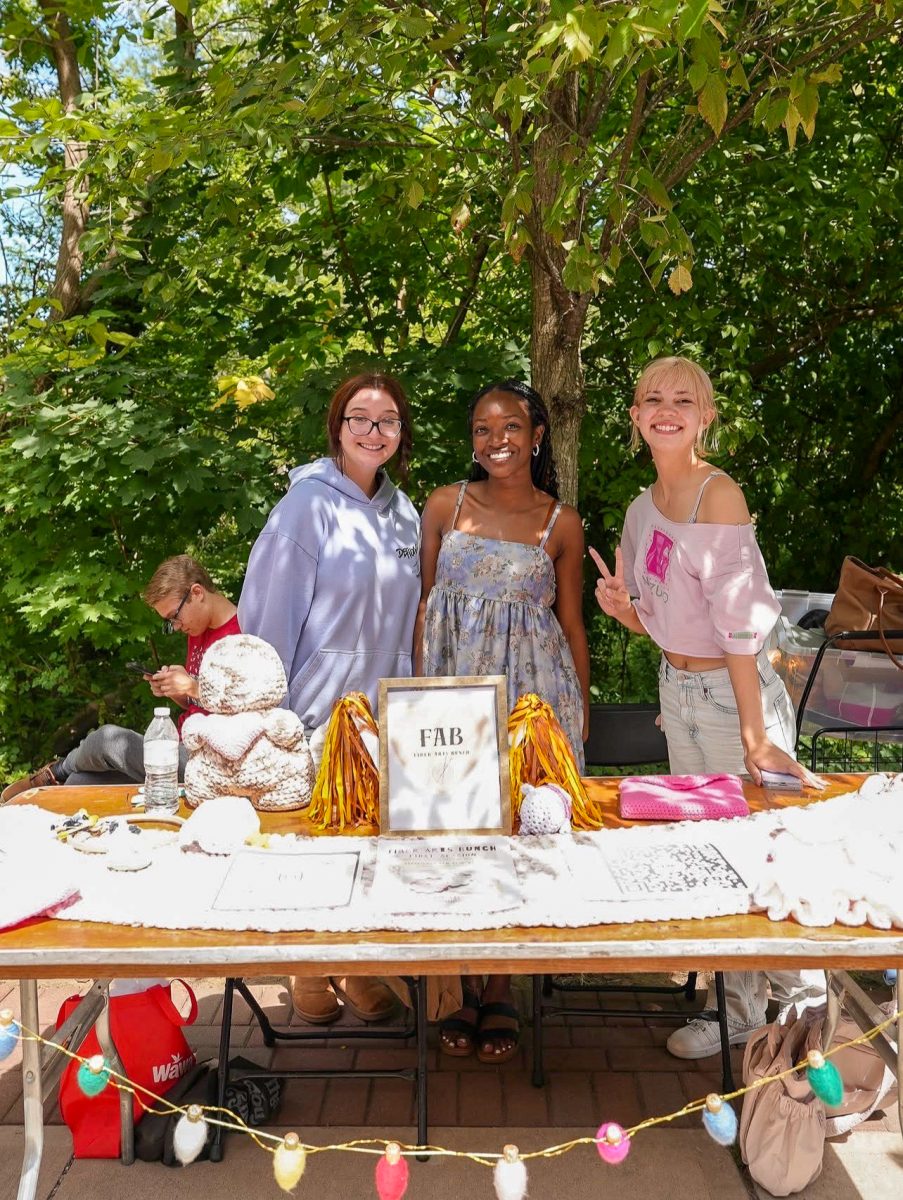
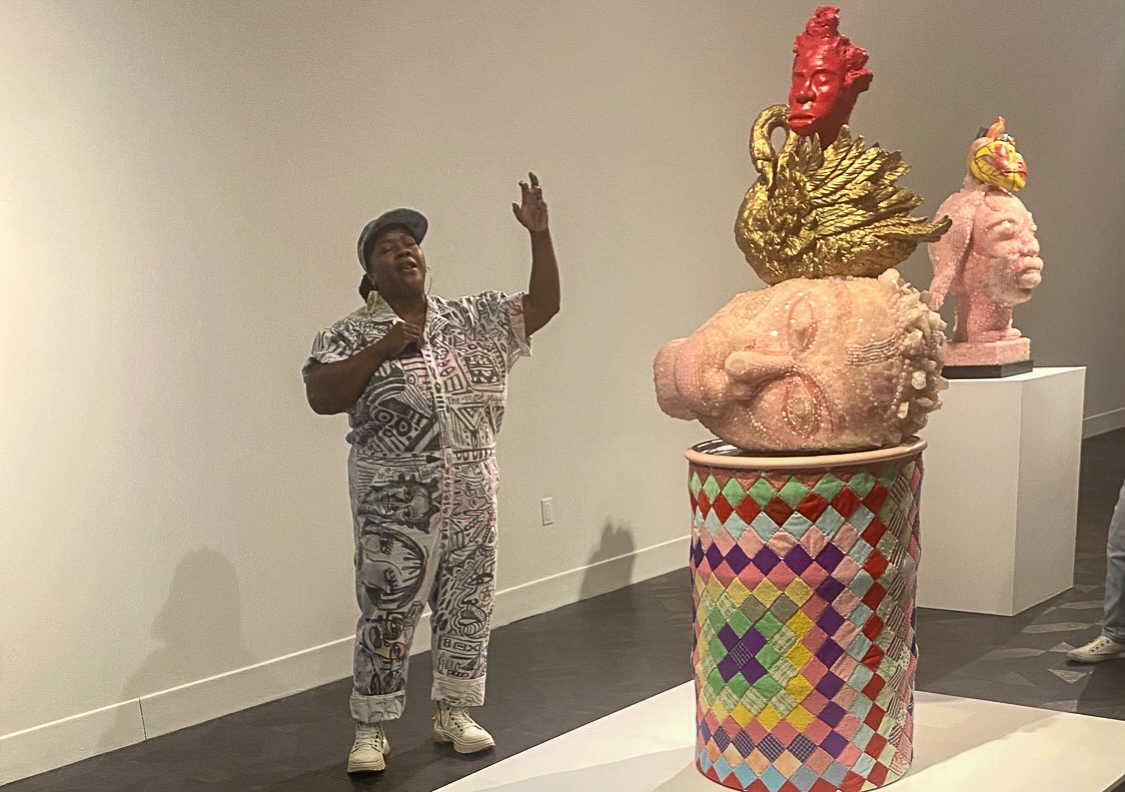



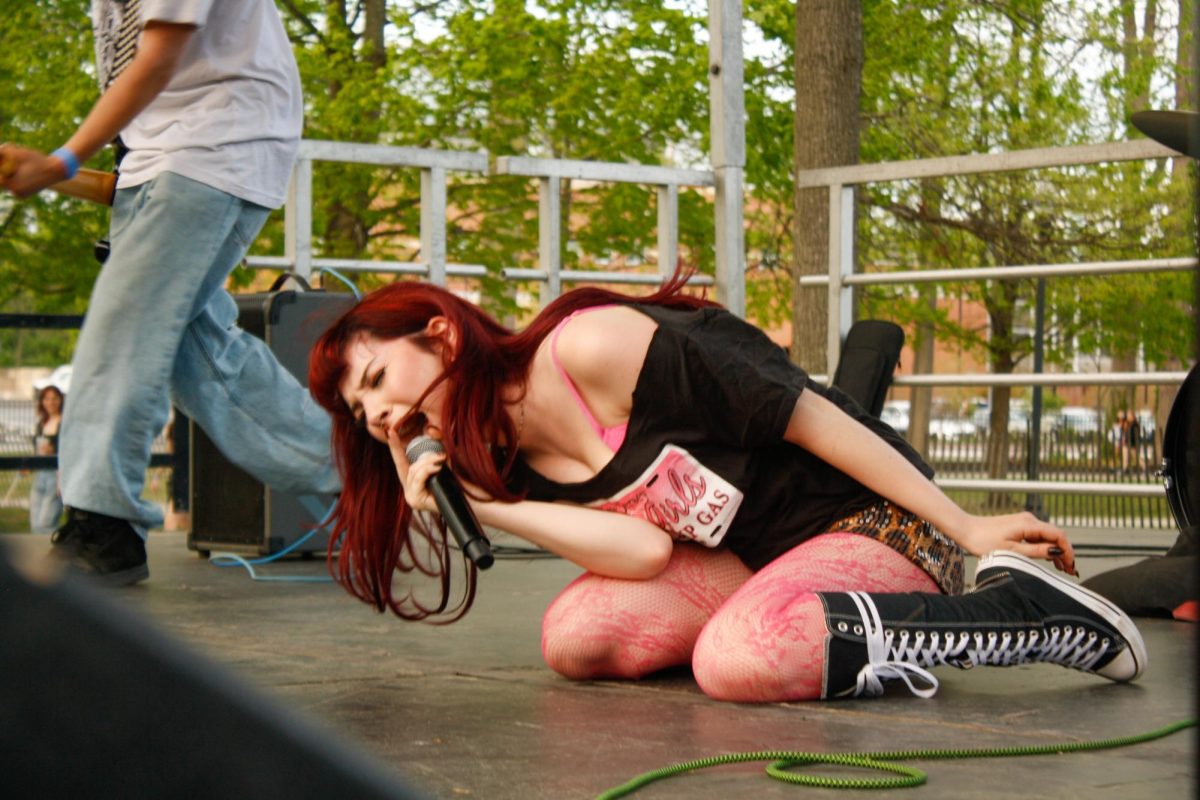

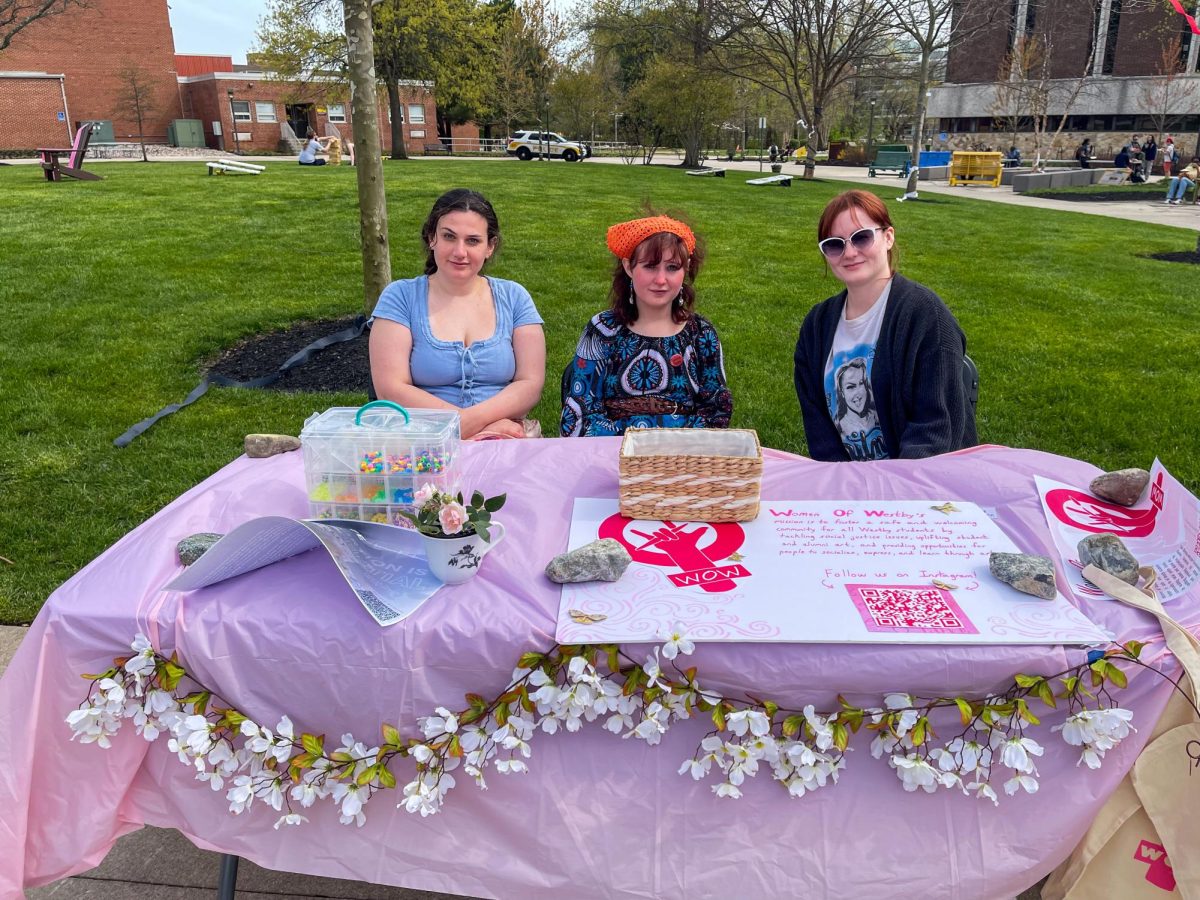
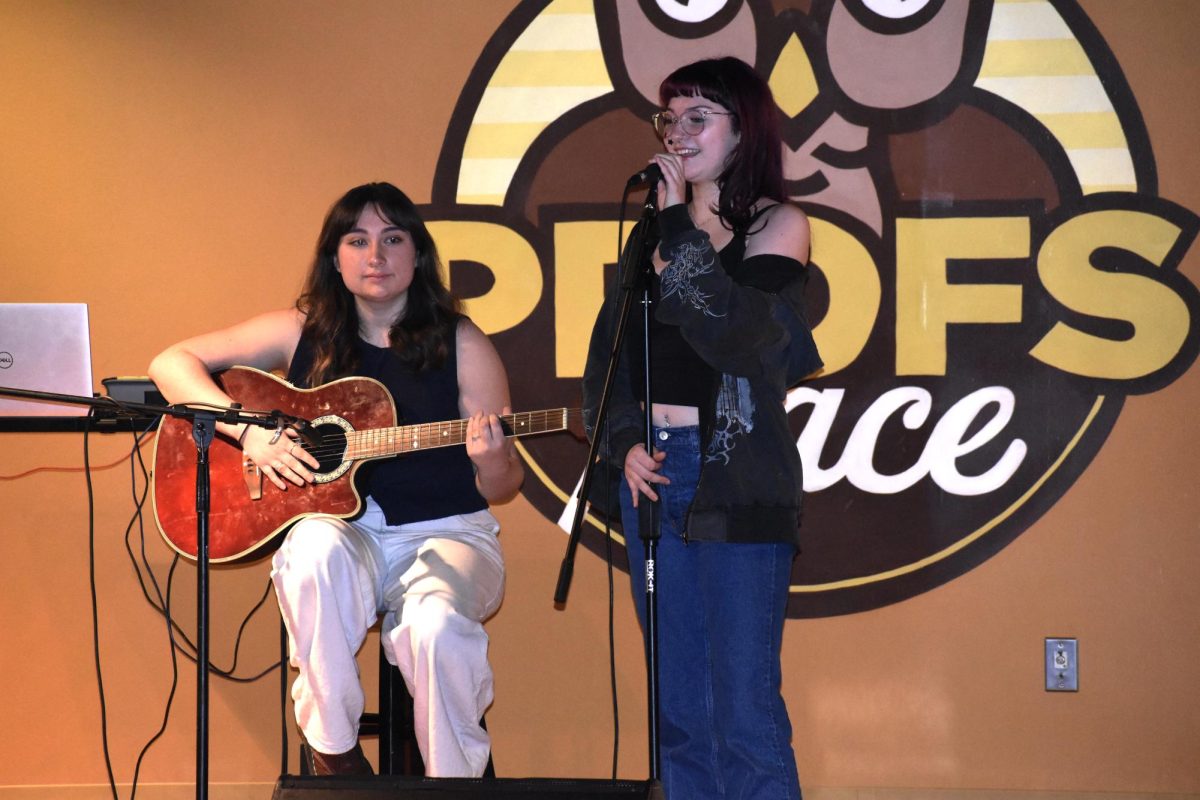
!["Working with [Dr. Lynch] is always a learning experience for me. She is a treasure,” said Thomas. - Staff Writer / Kacie Scibilia](https://thewhitonline.com/wp-content/uploads/2025/04/choir-1-1200x694.jpg)


